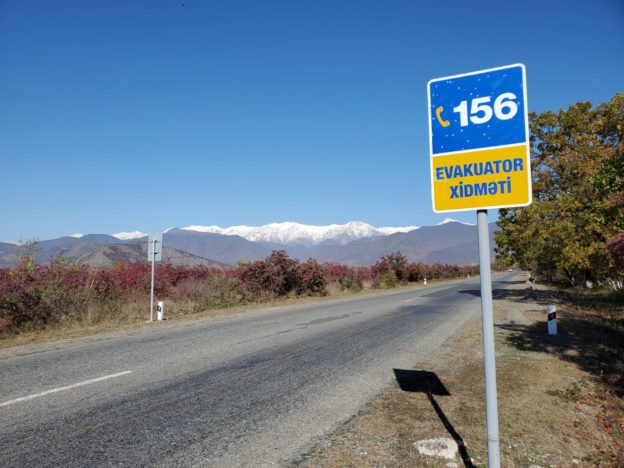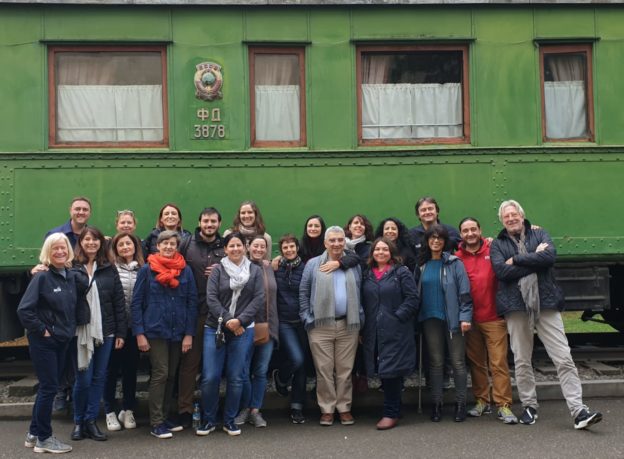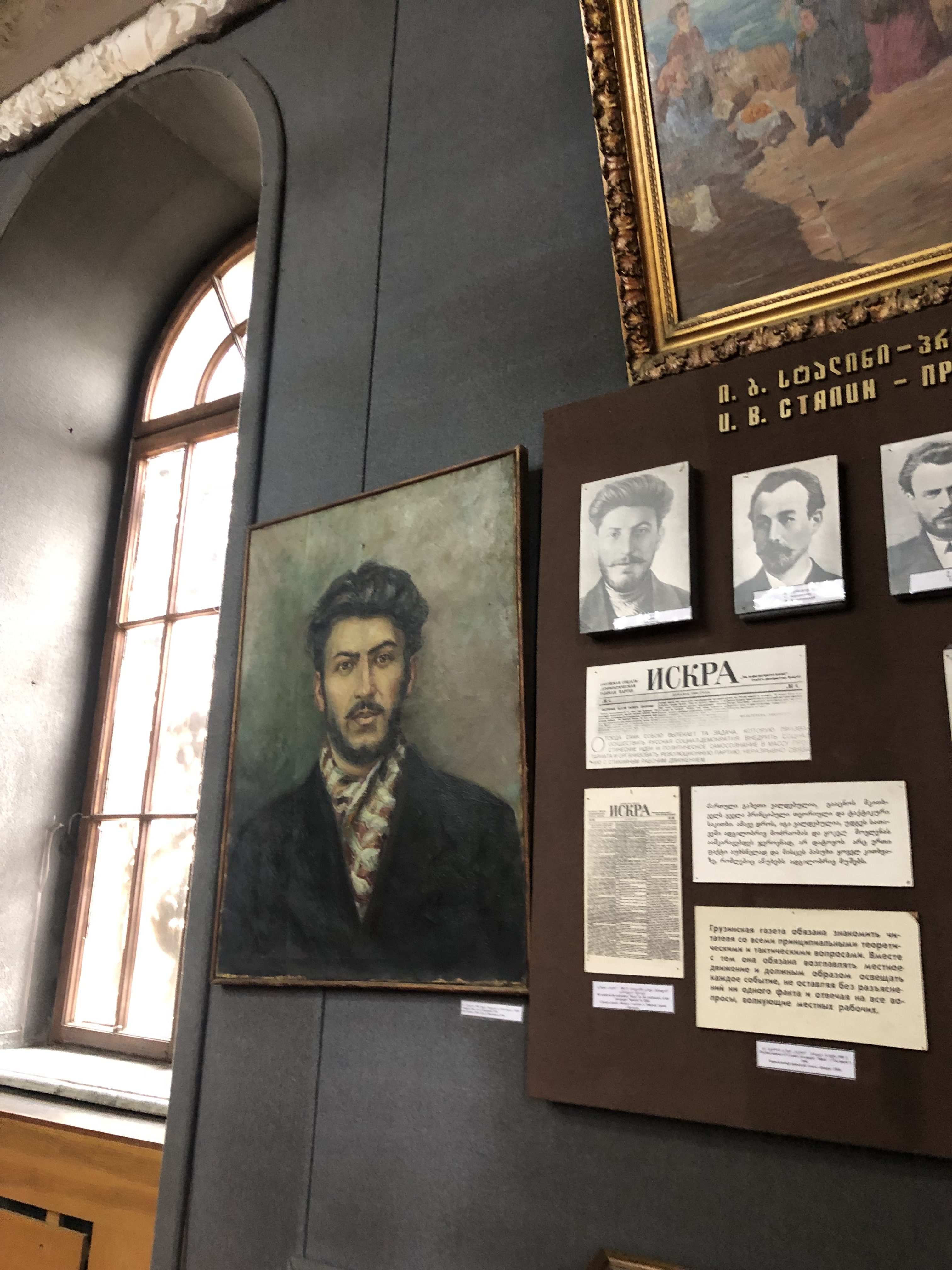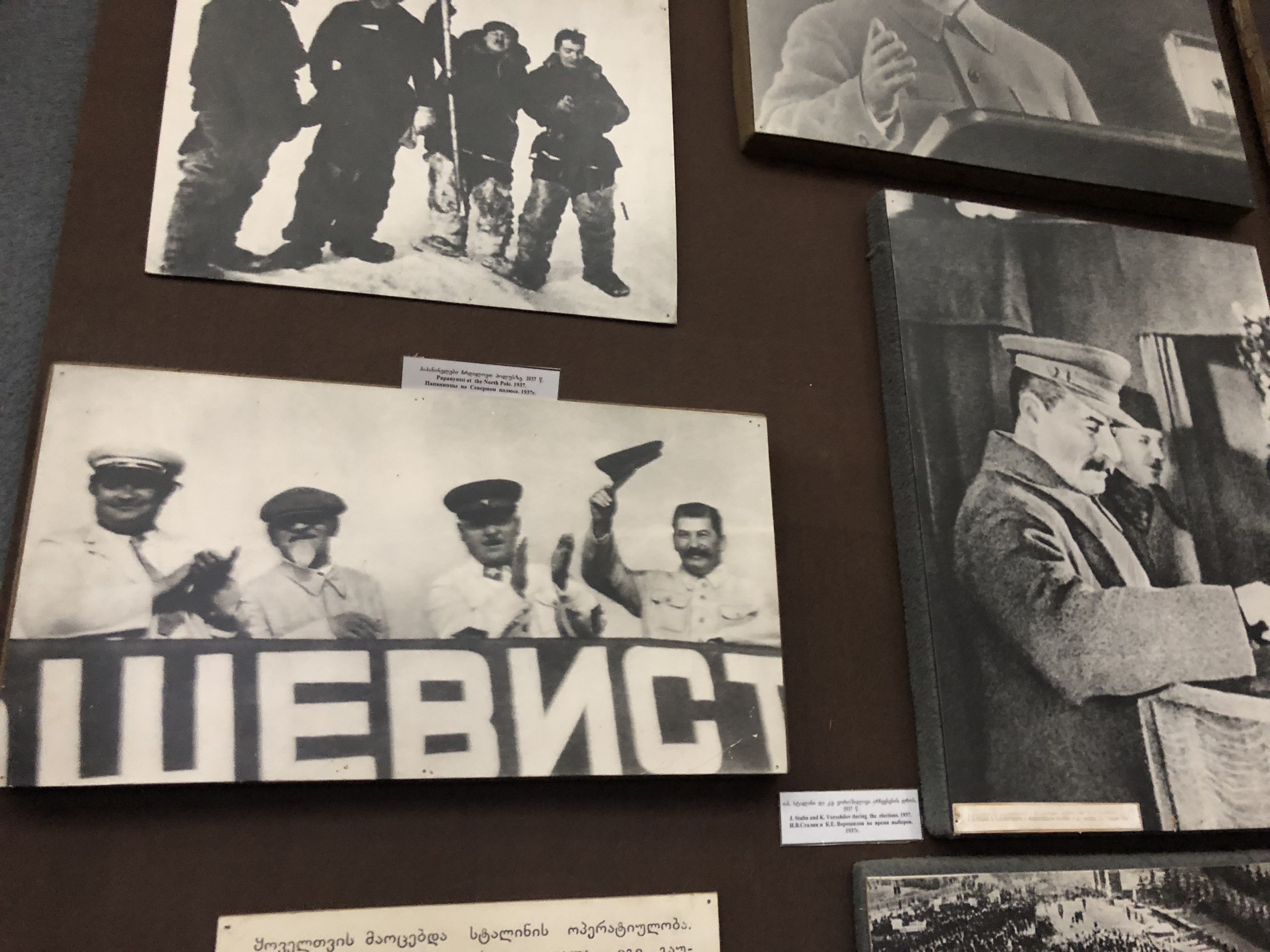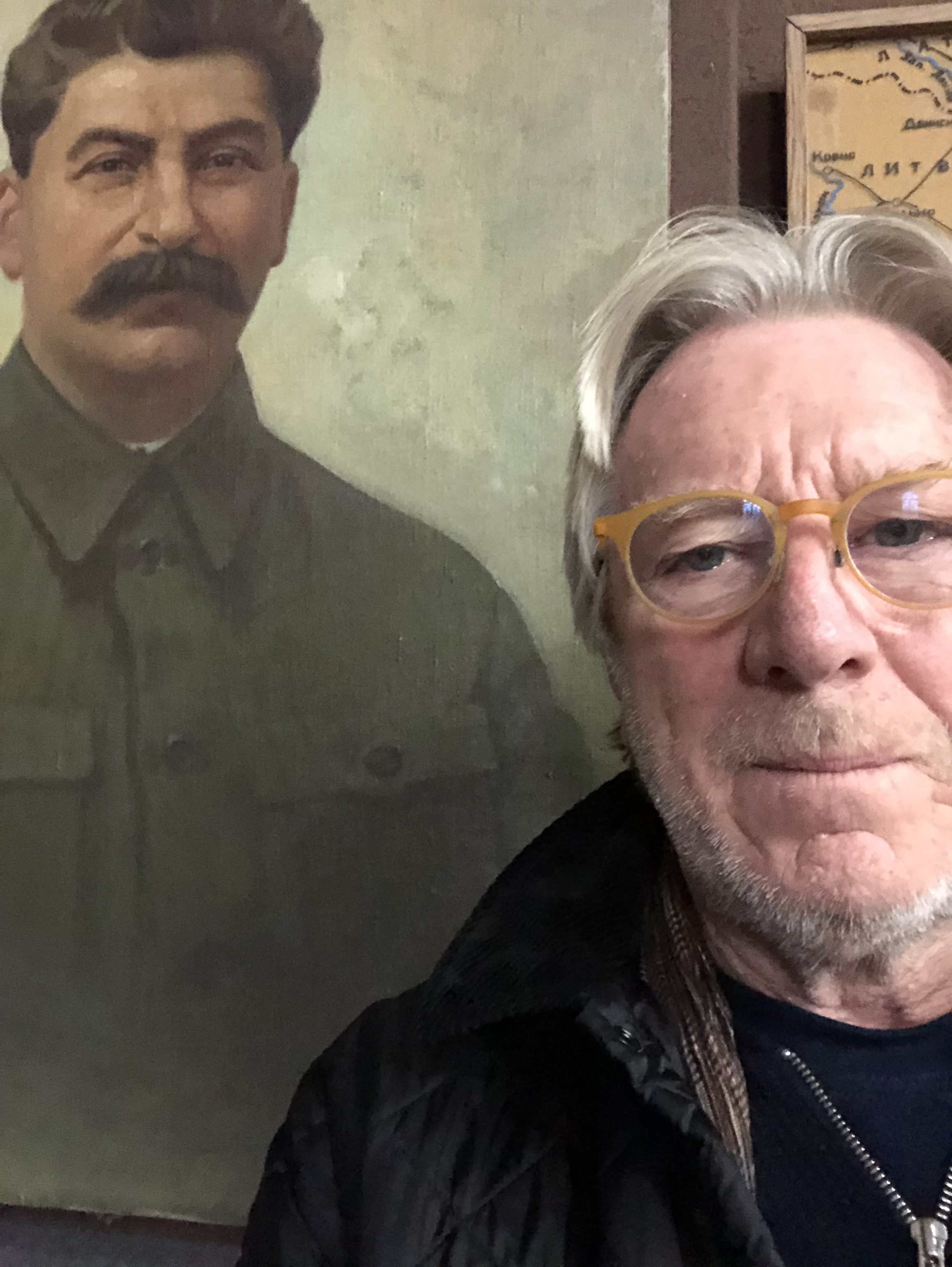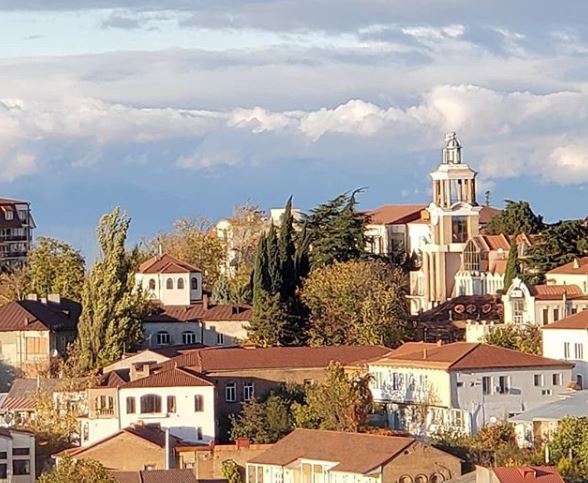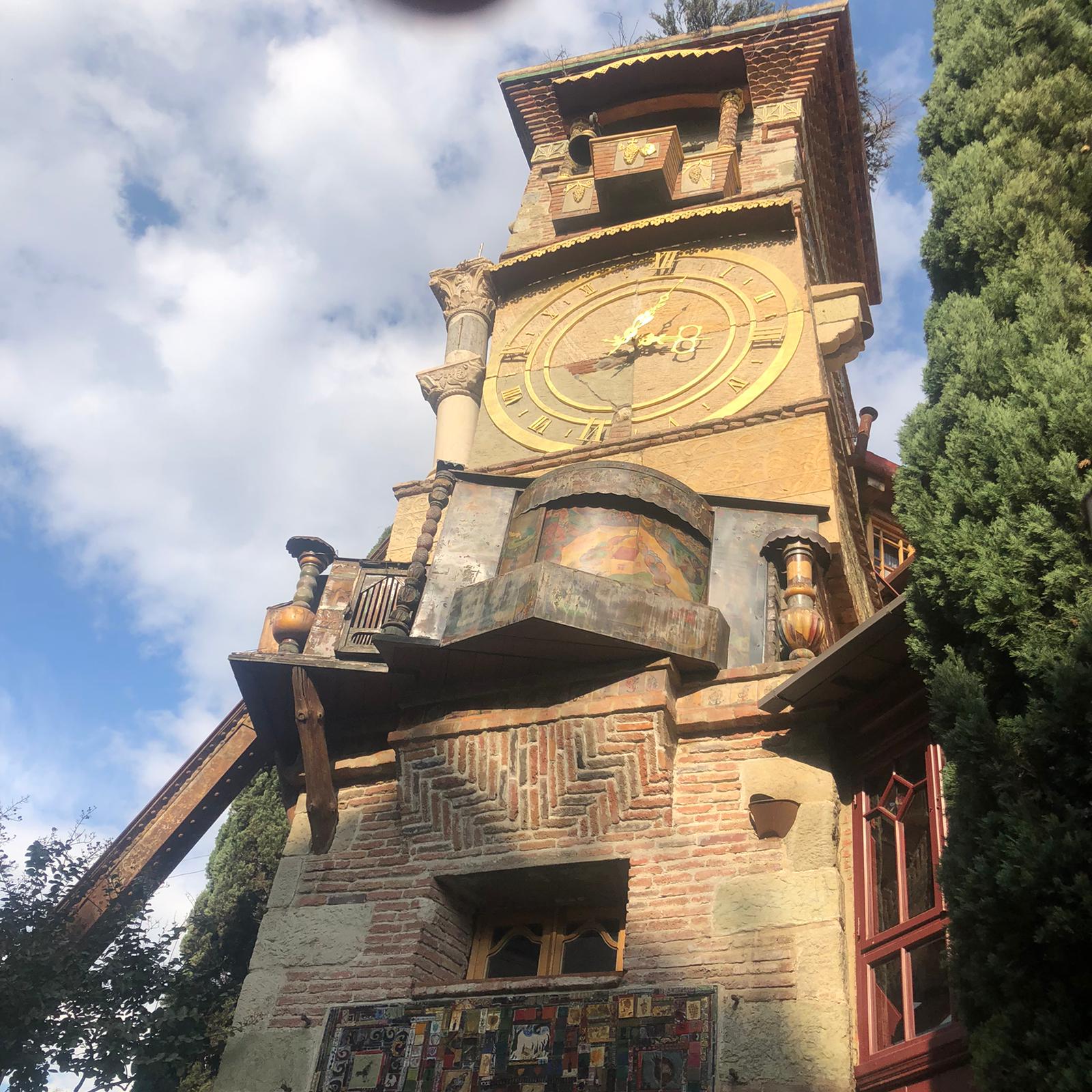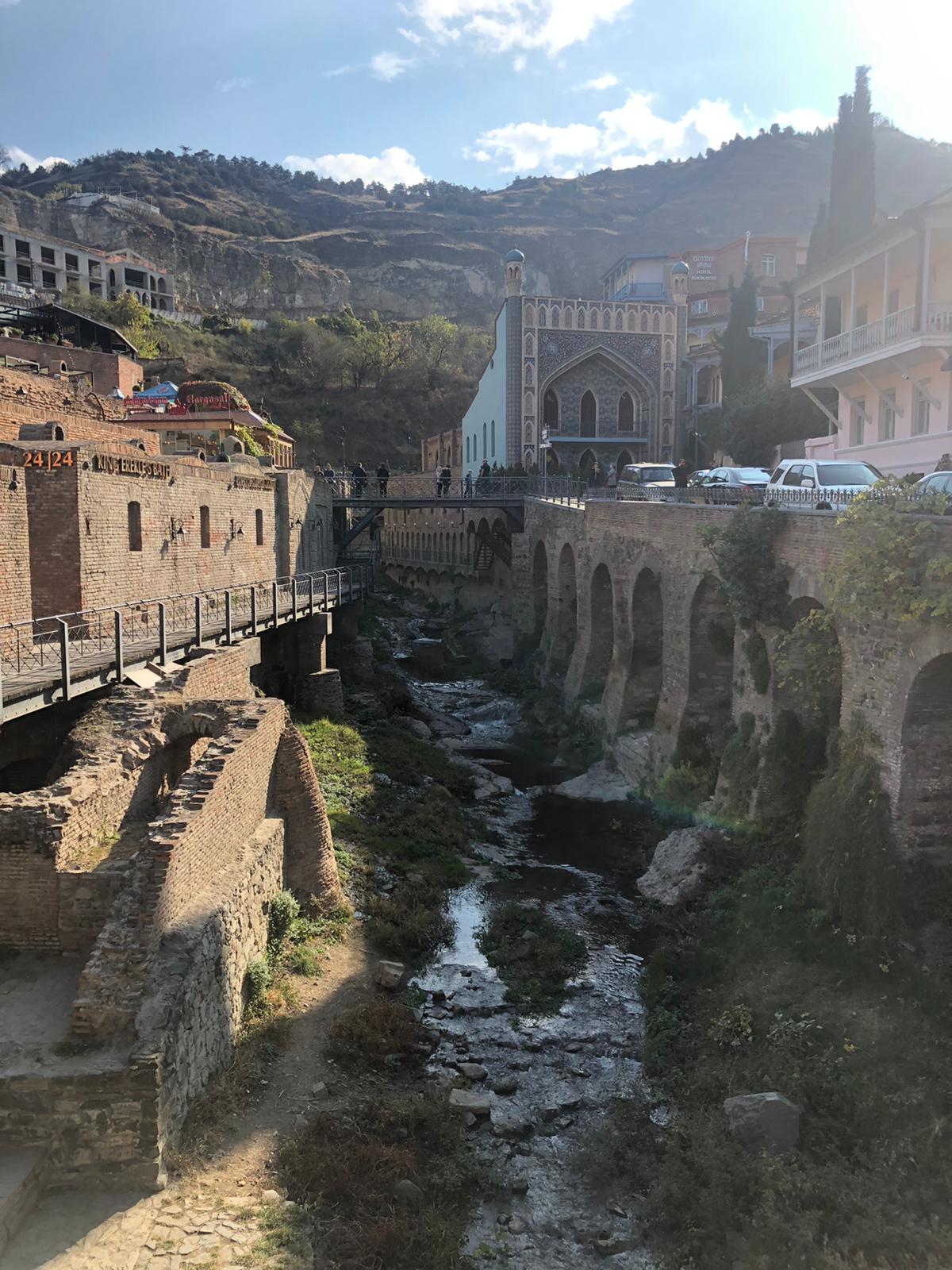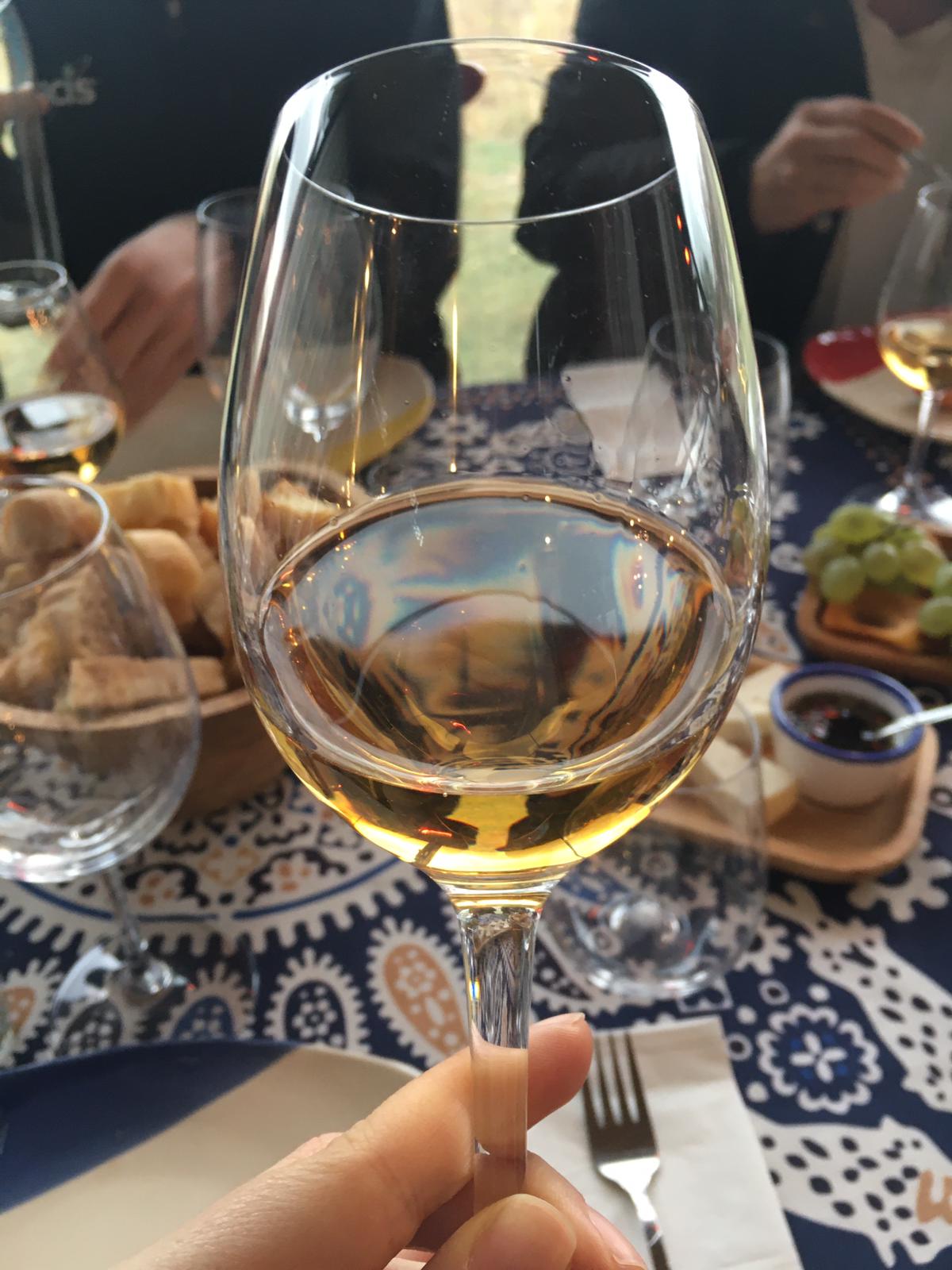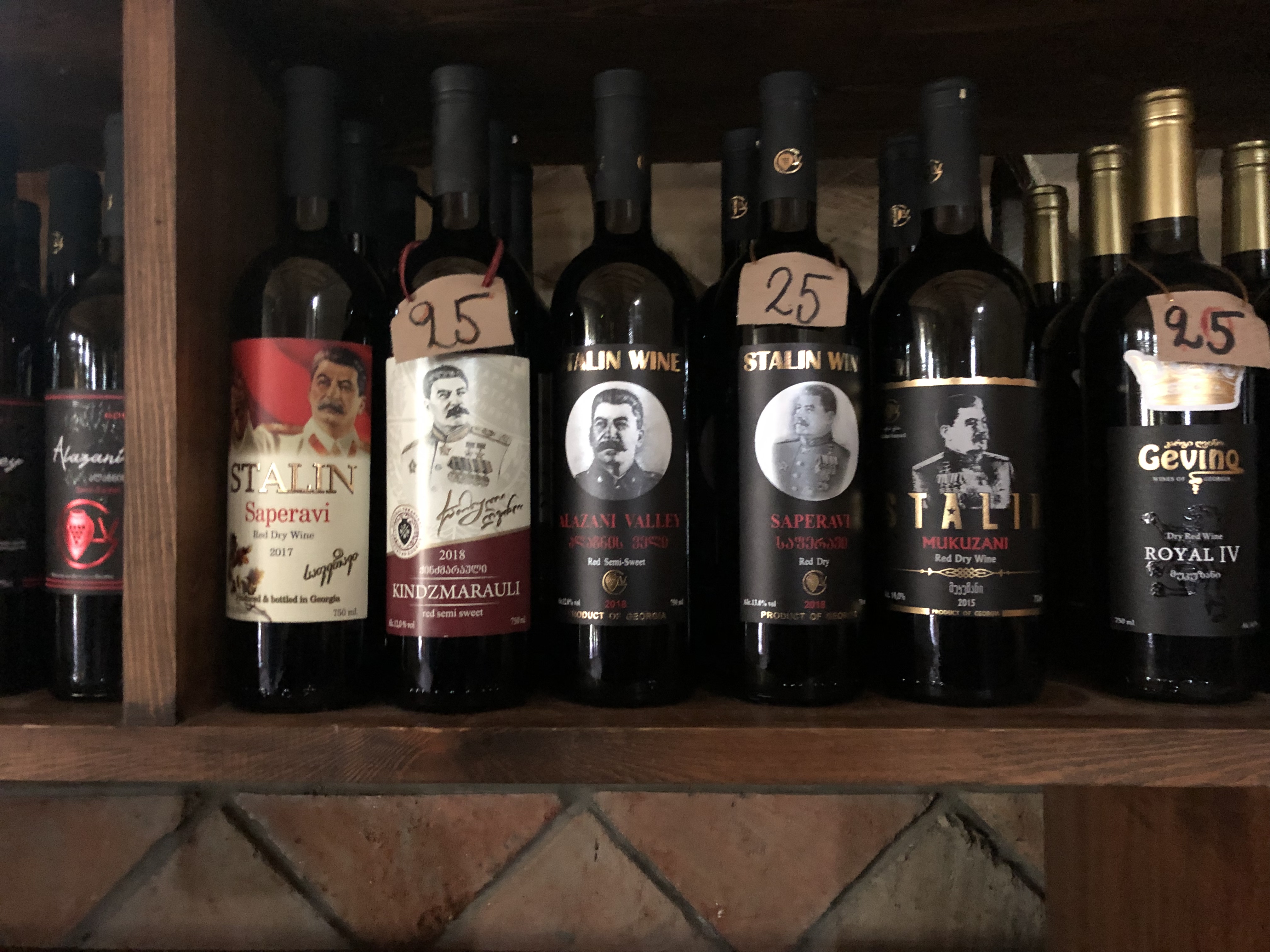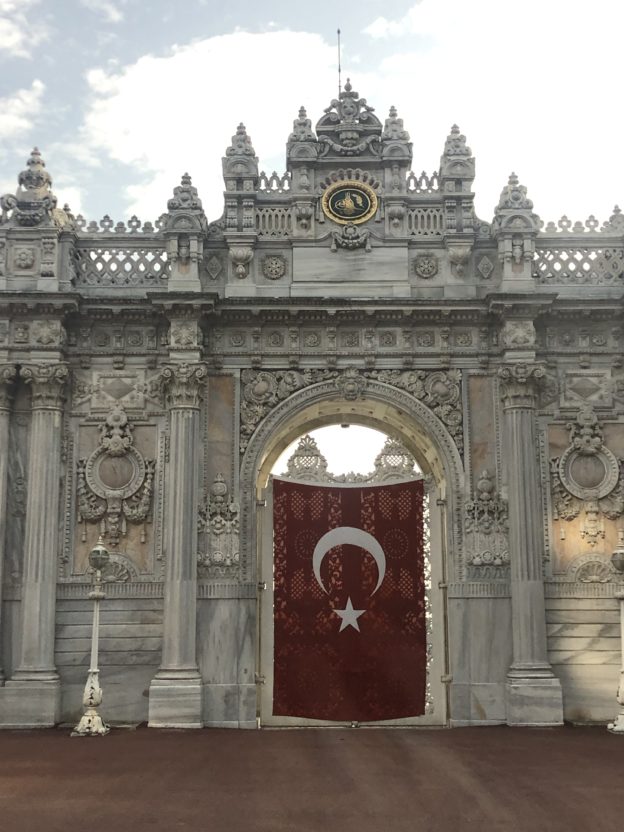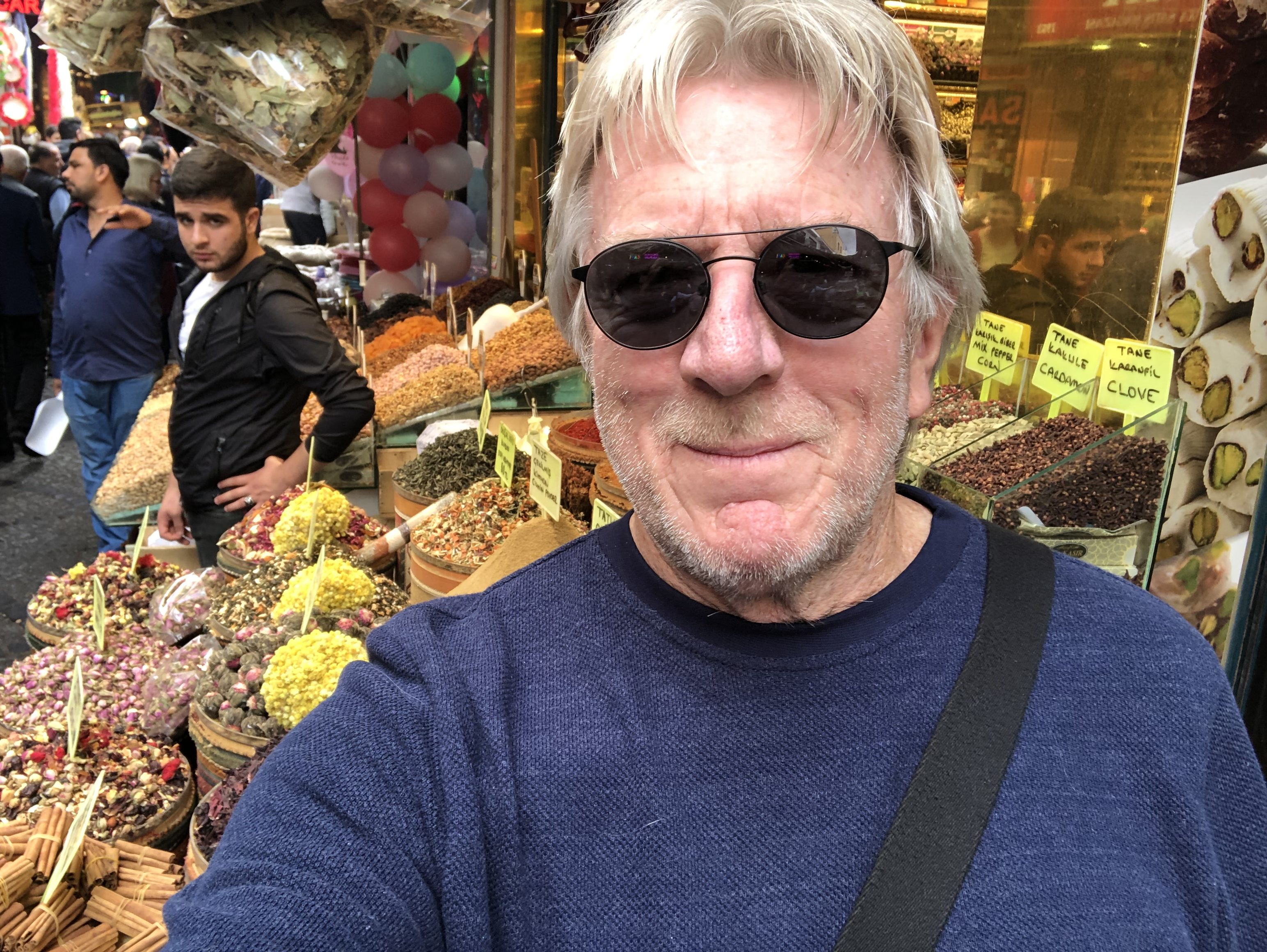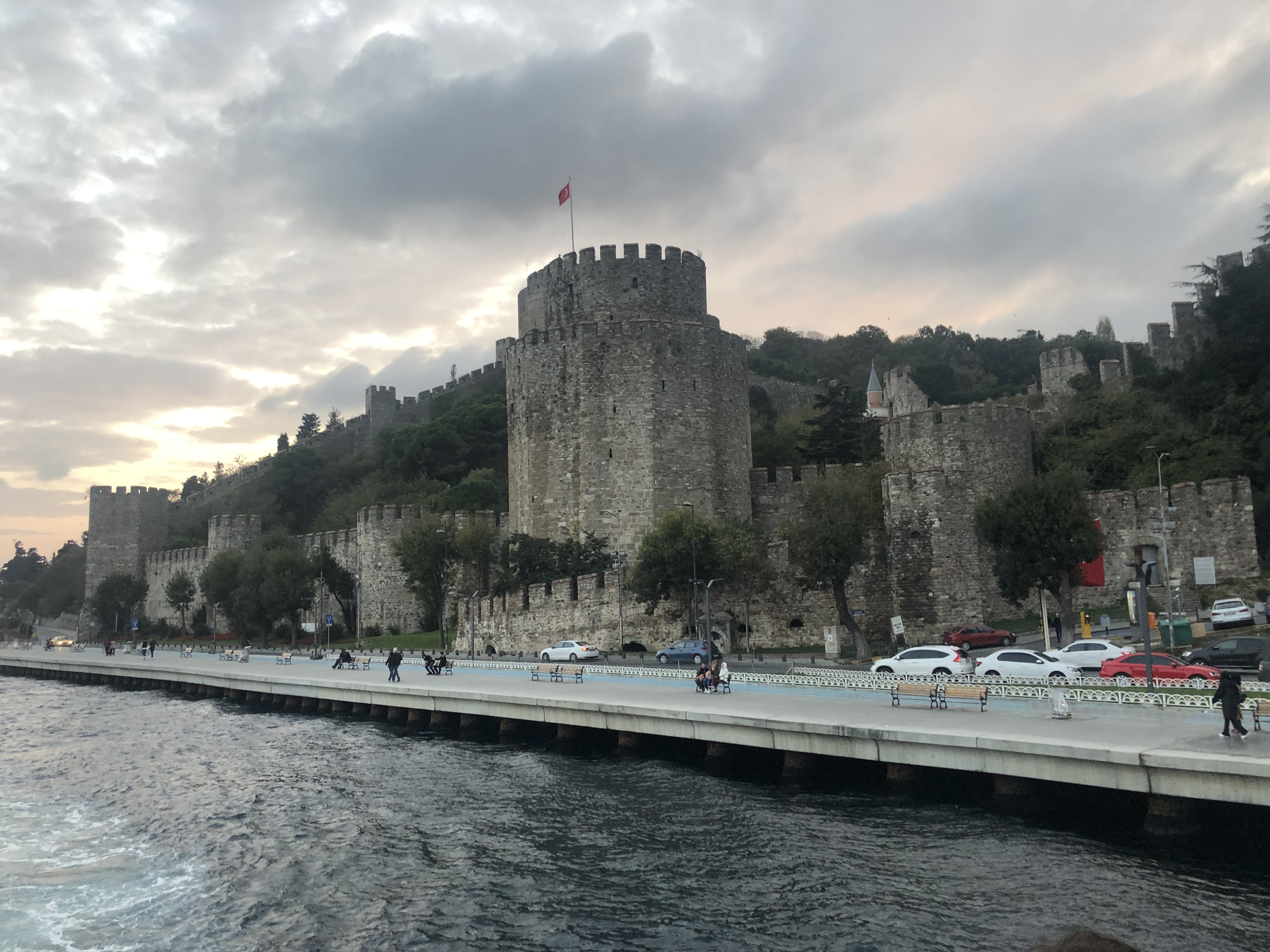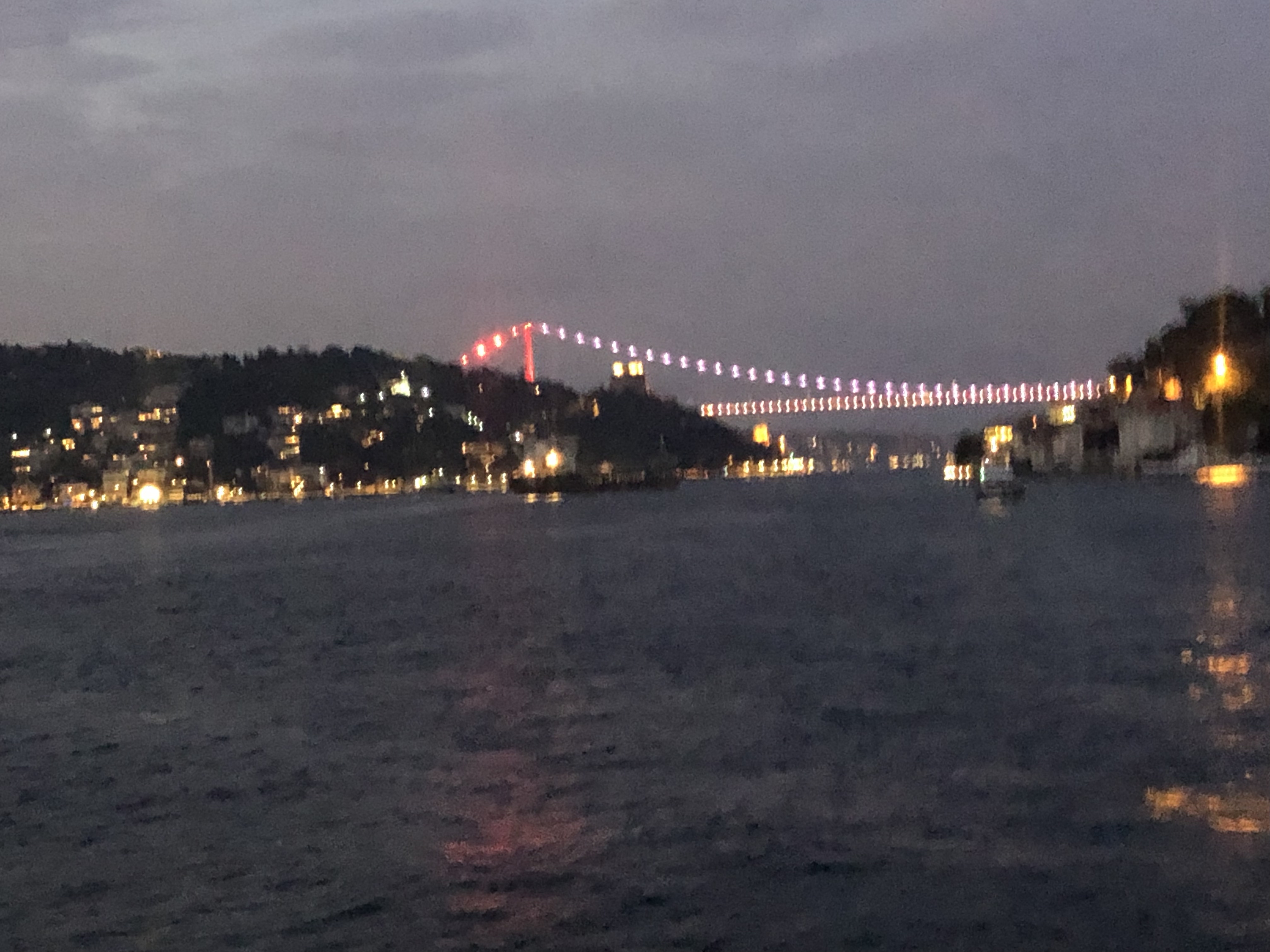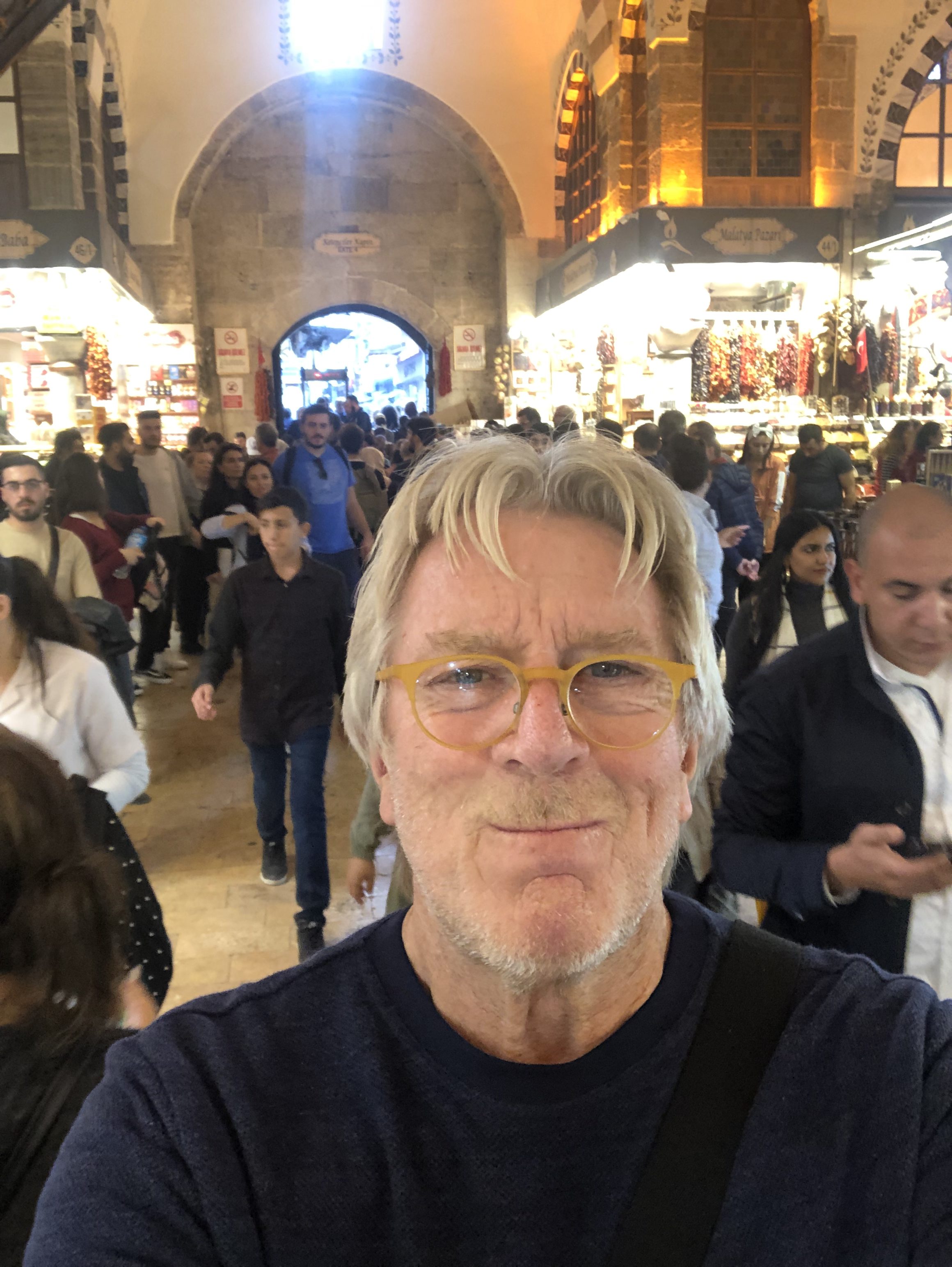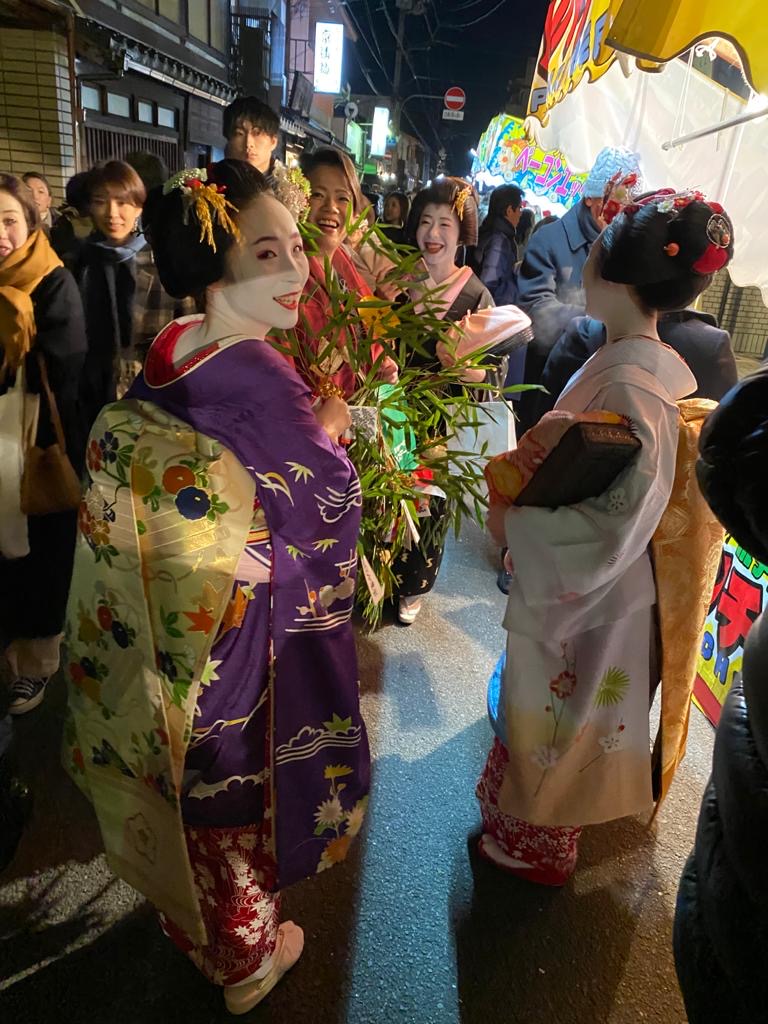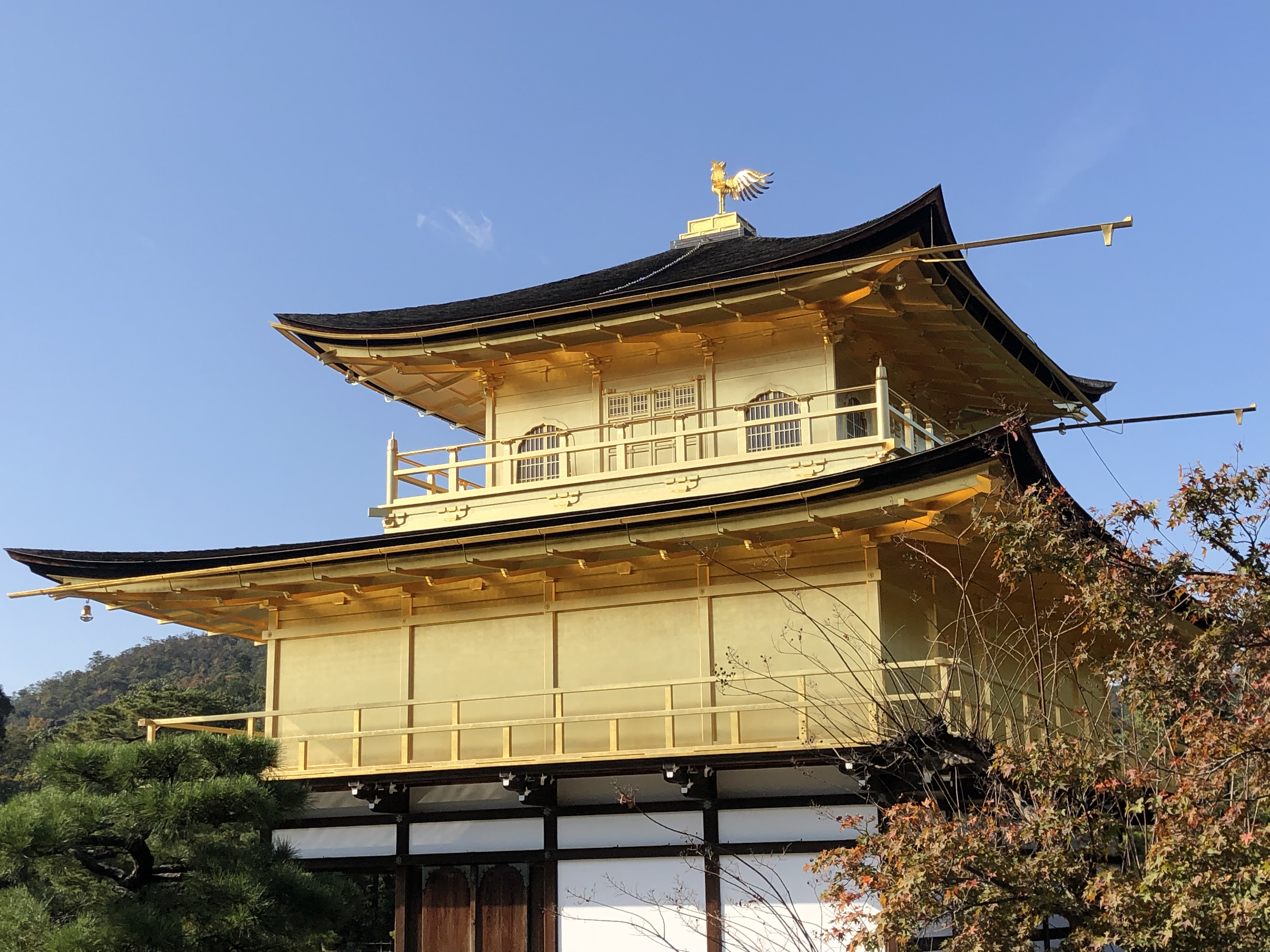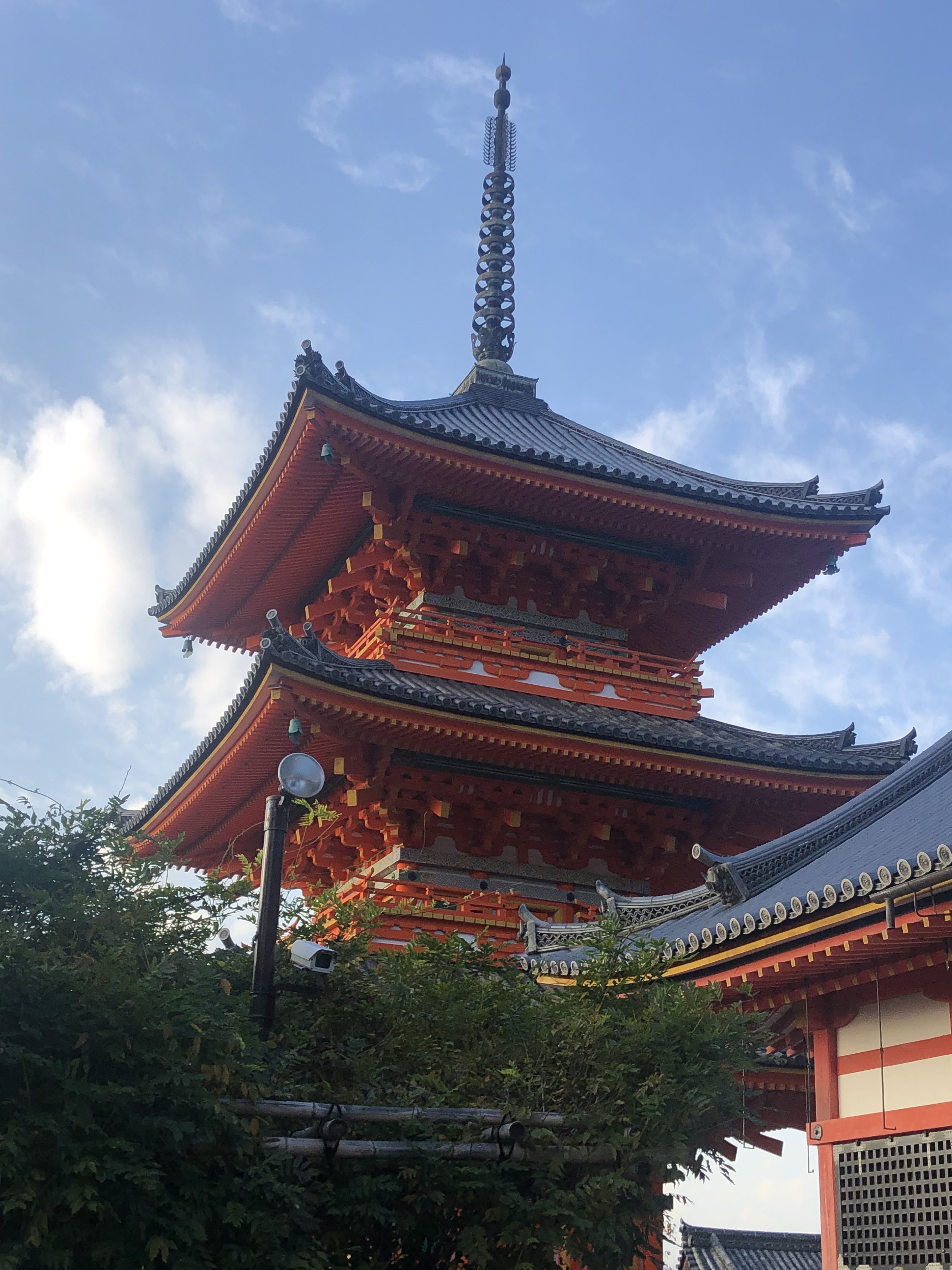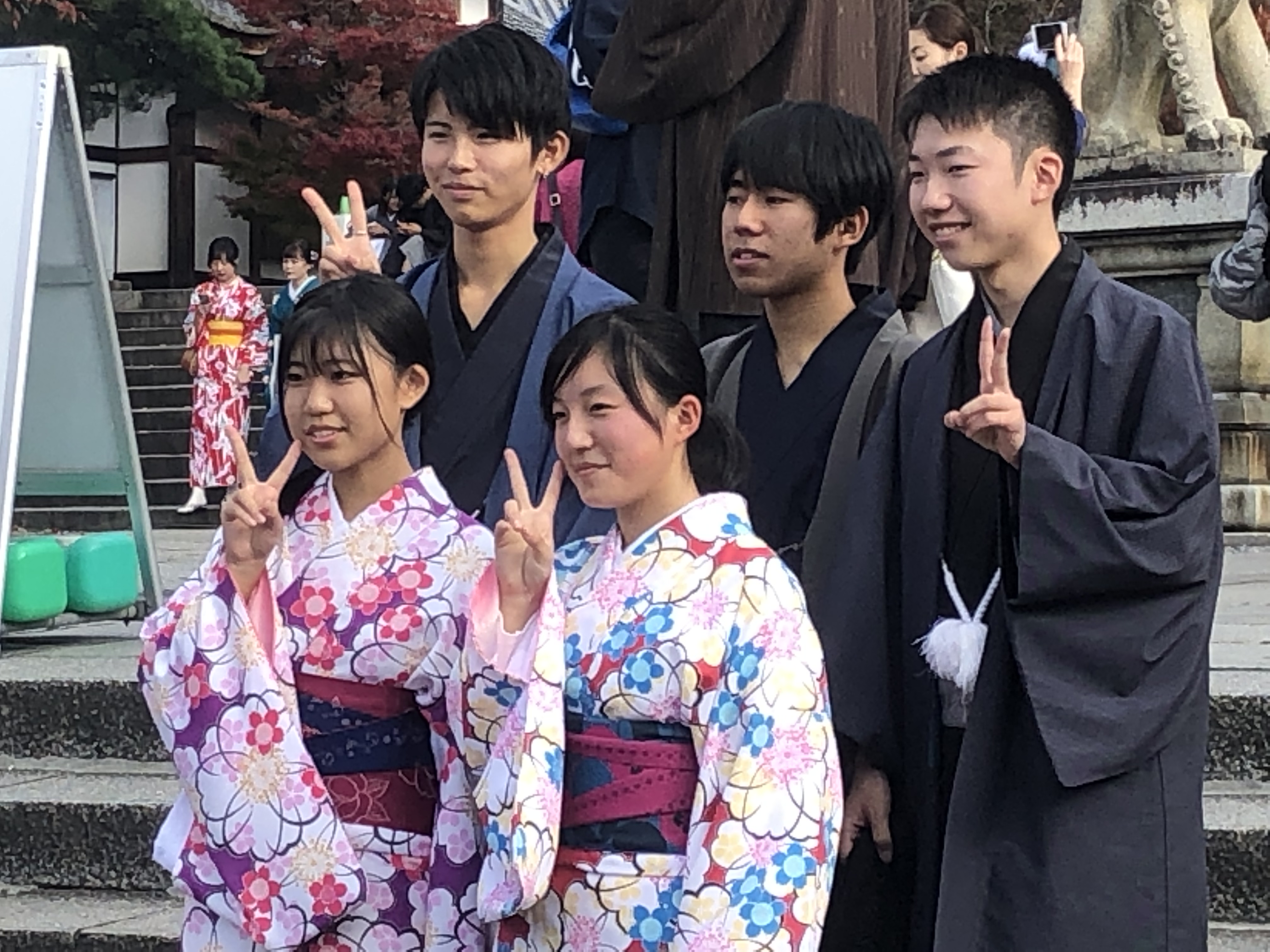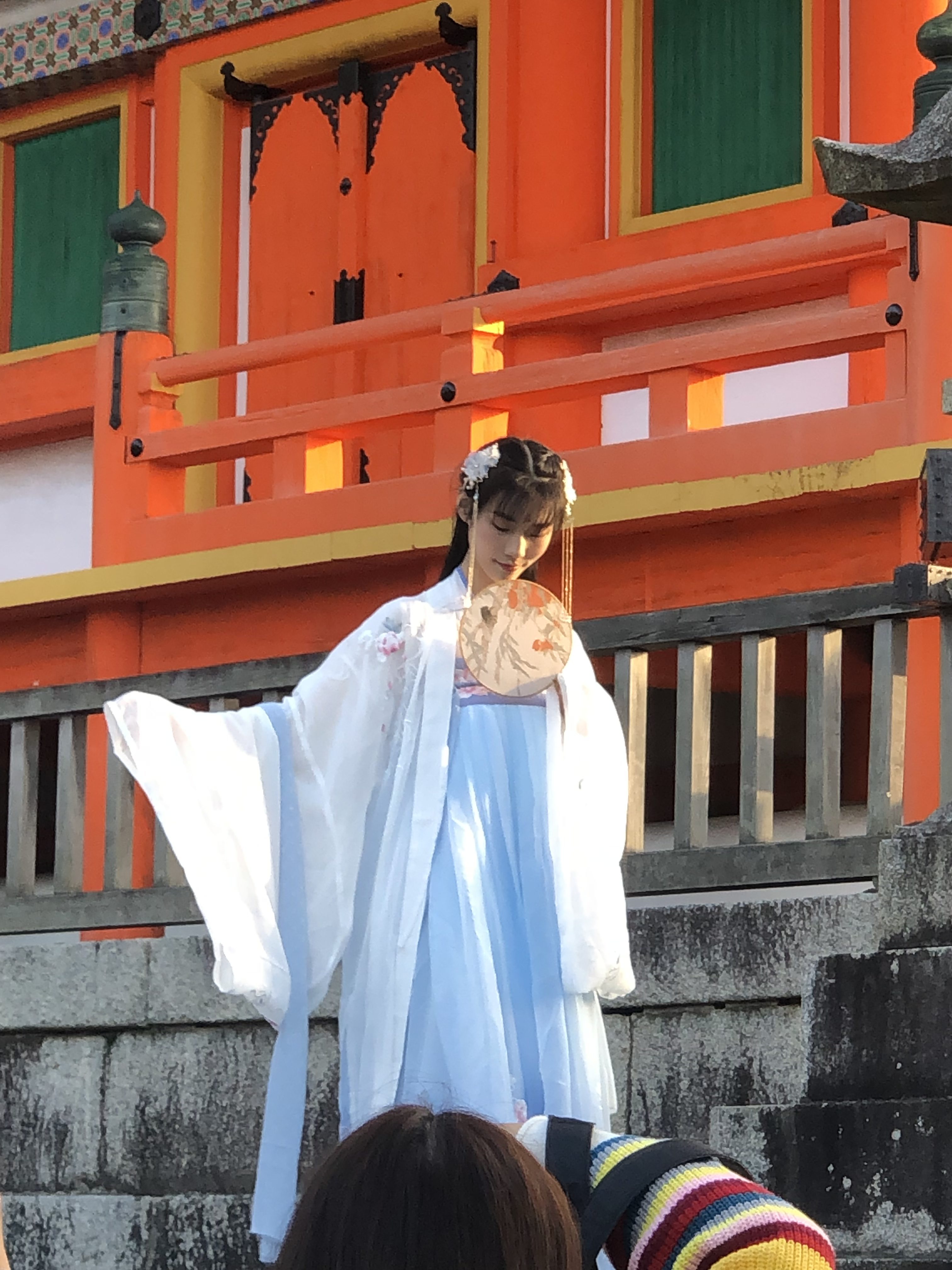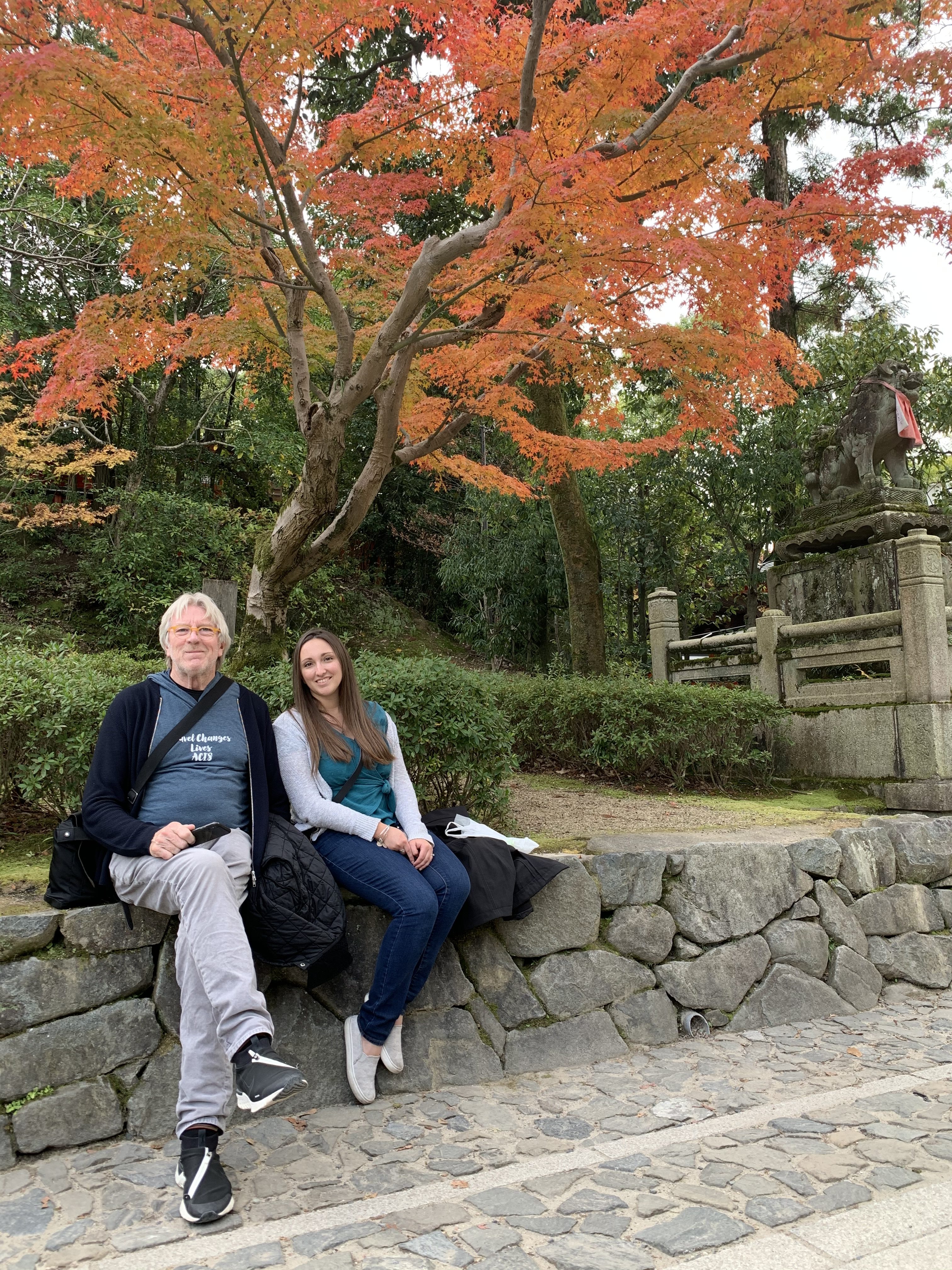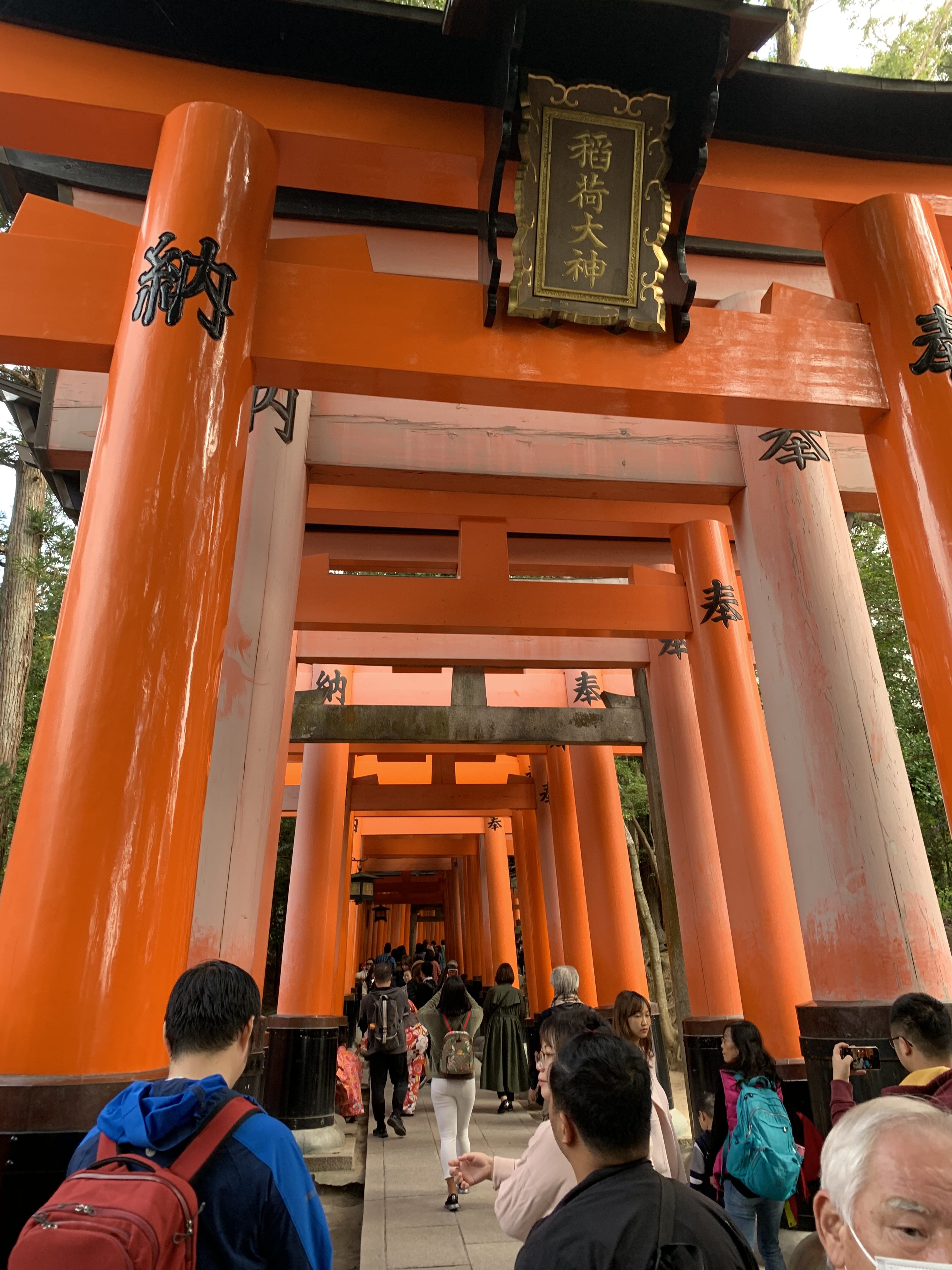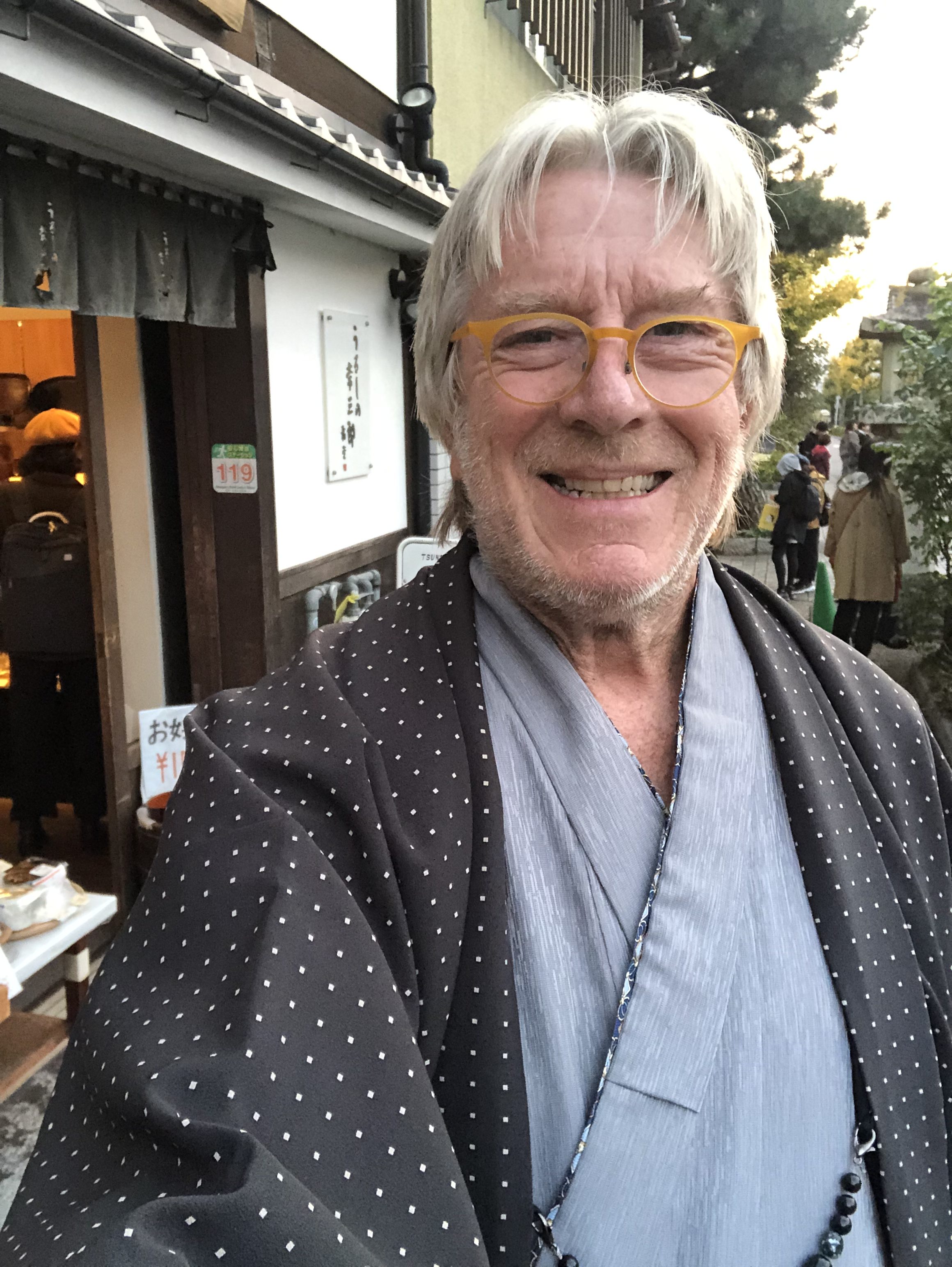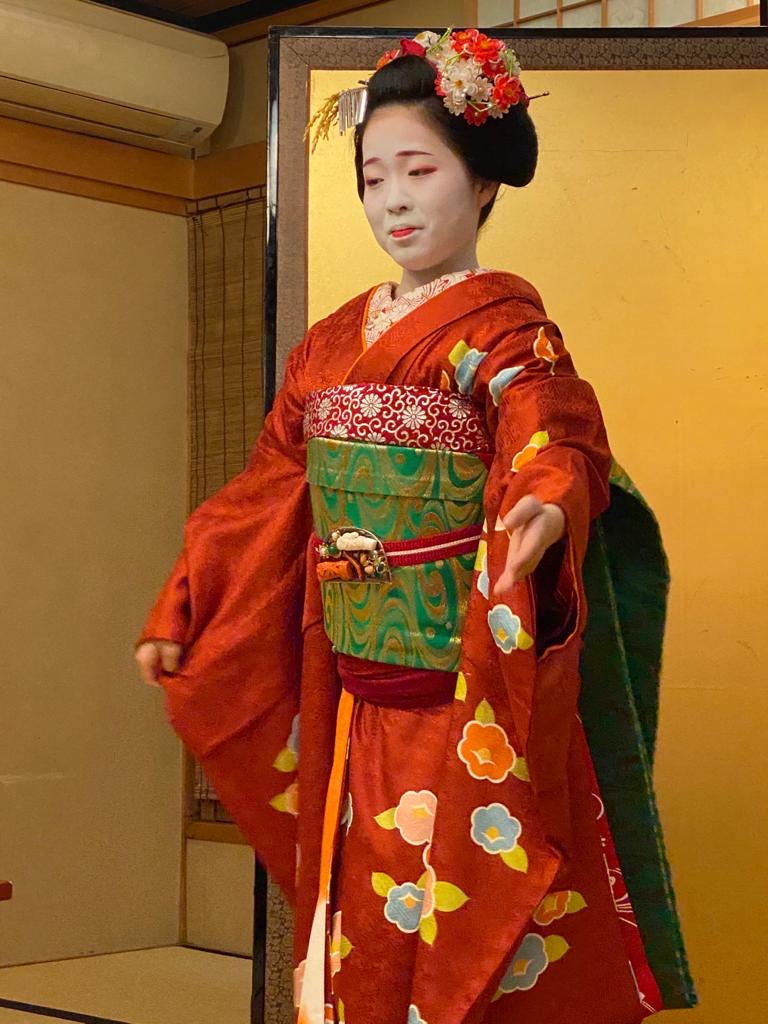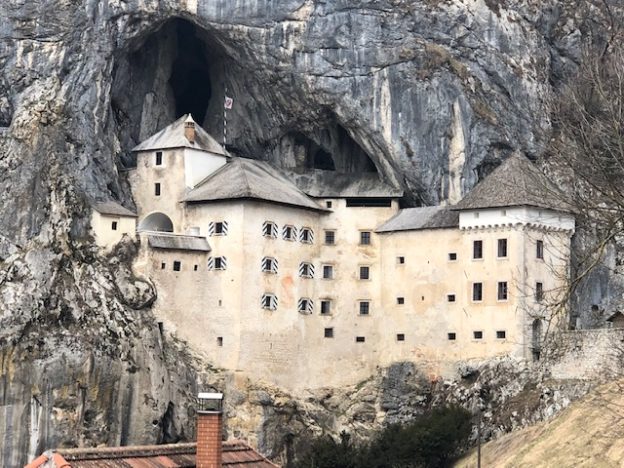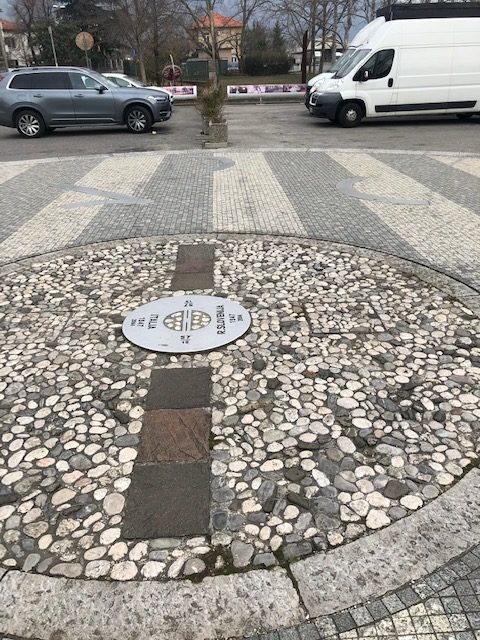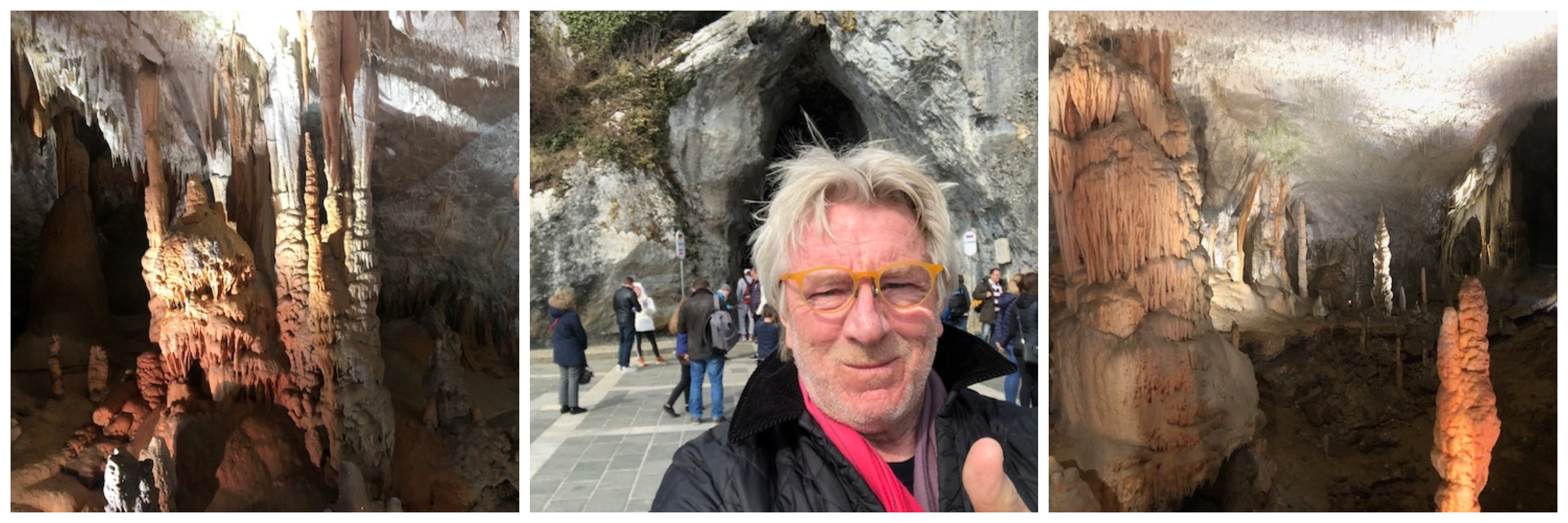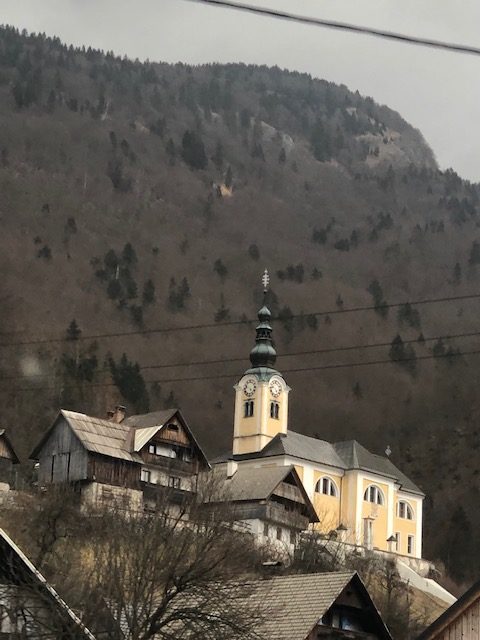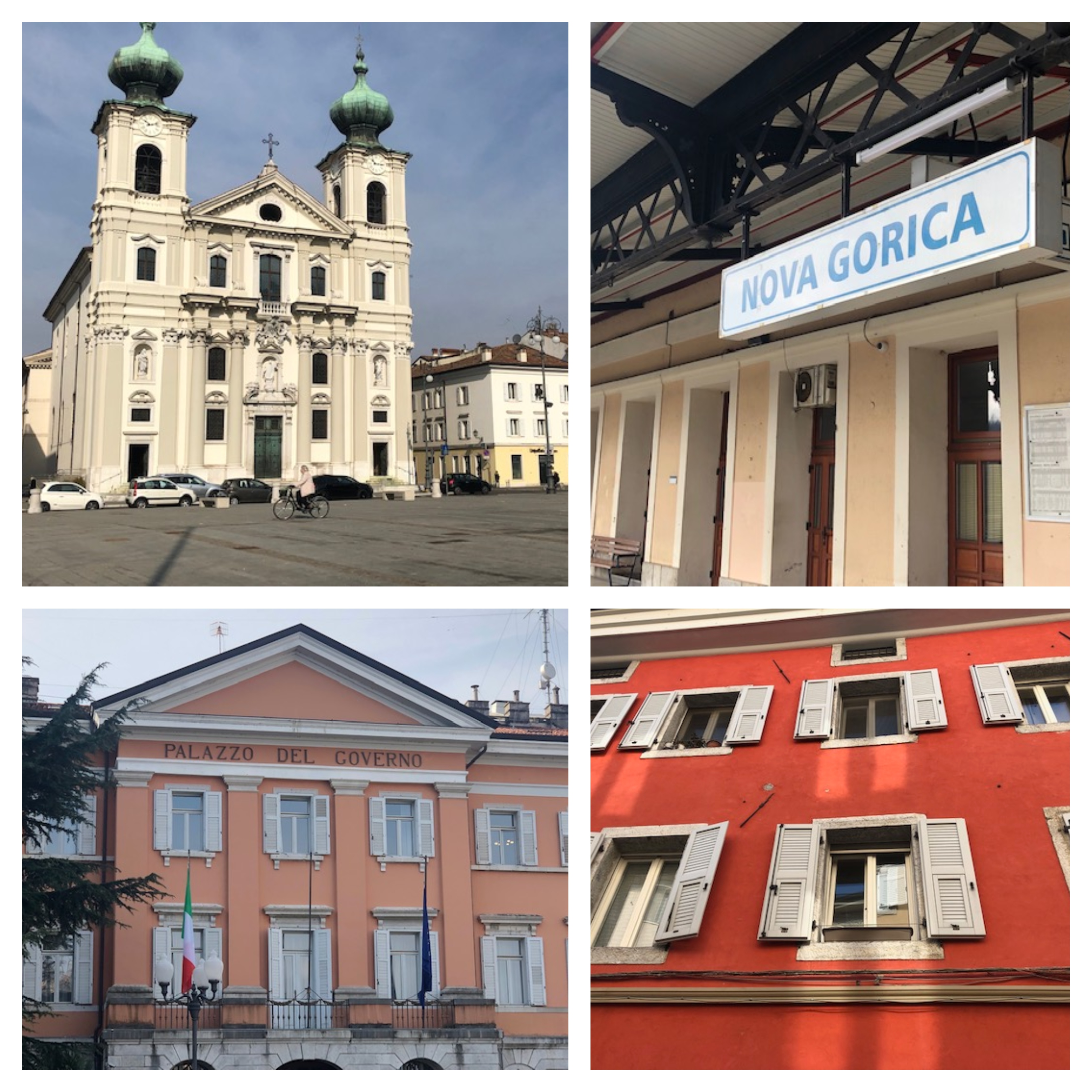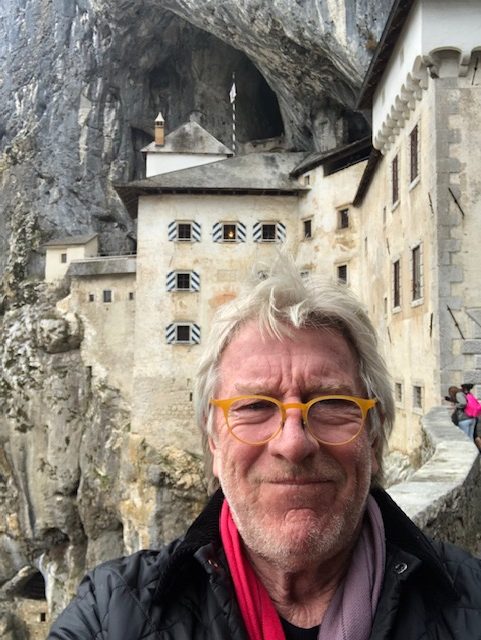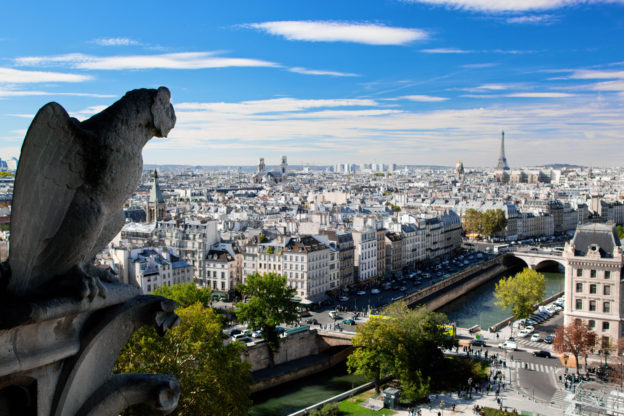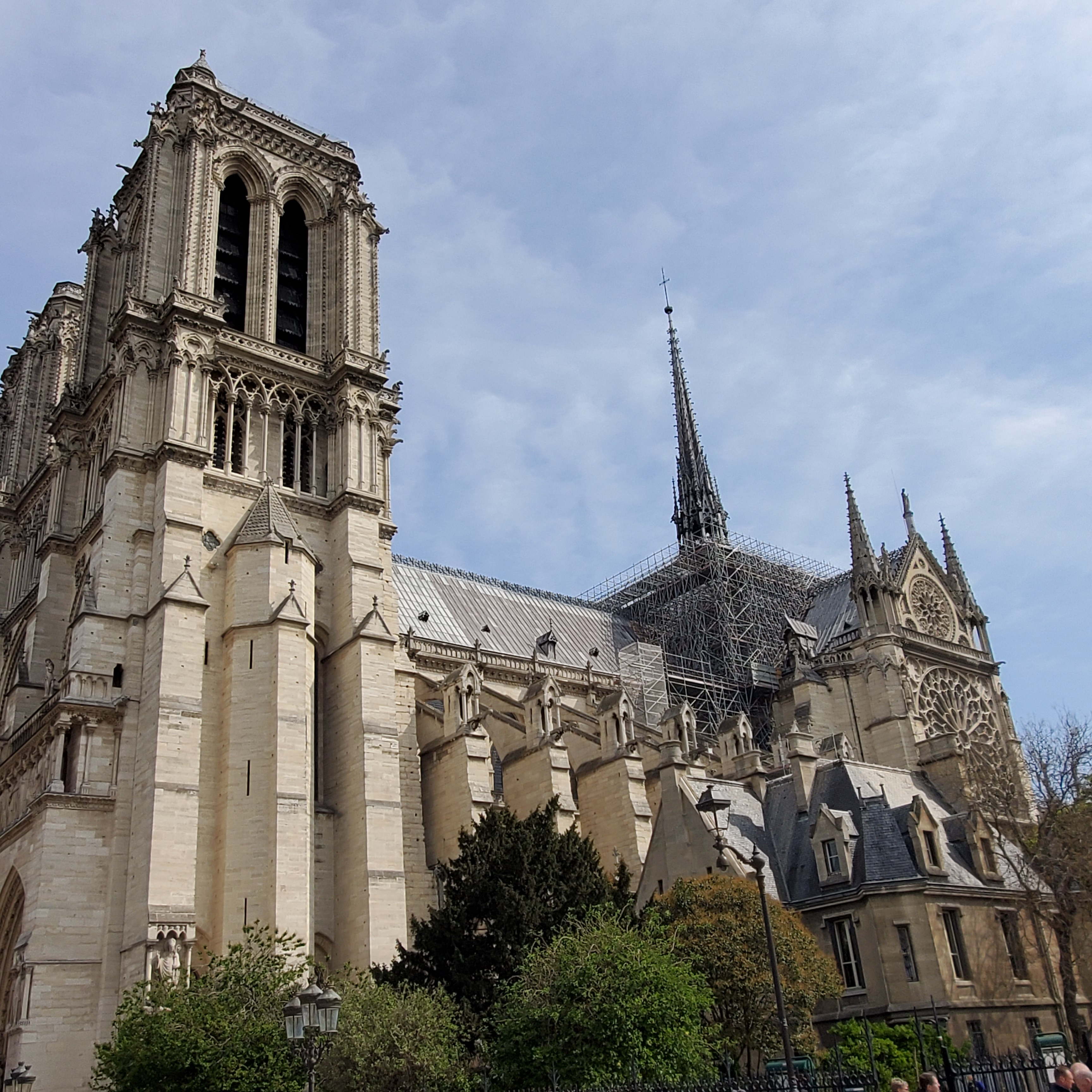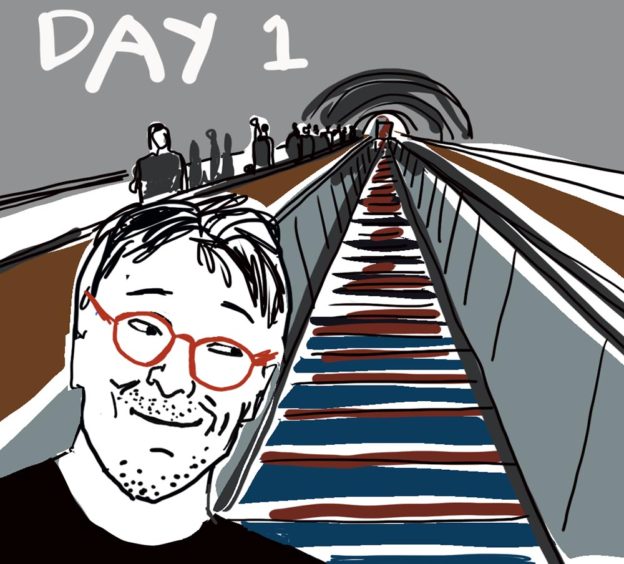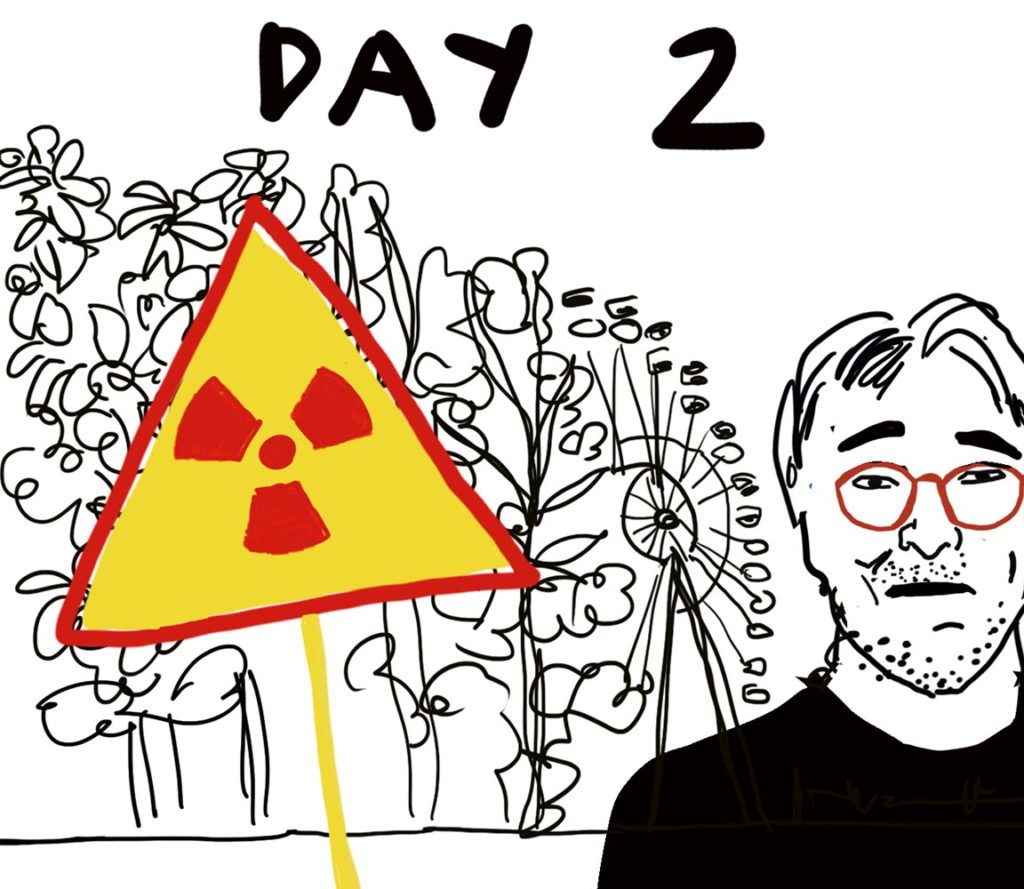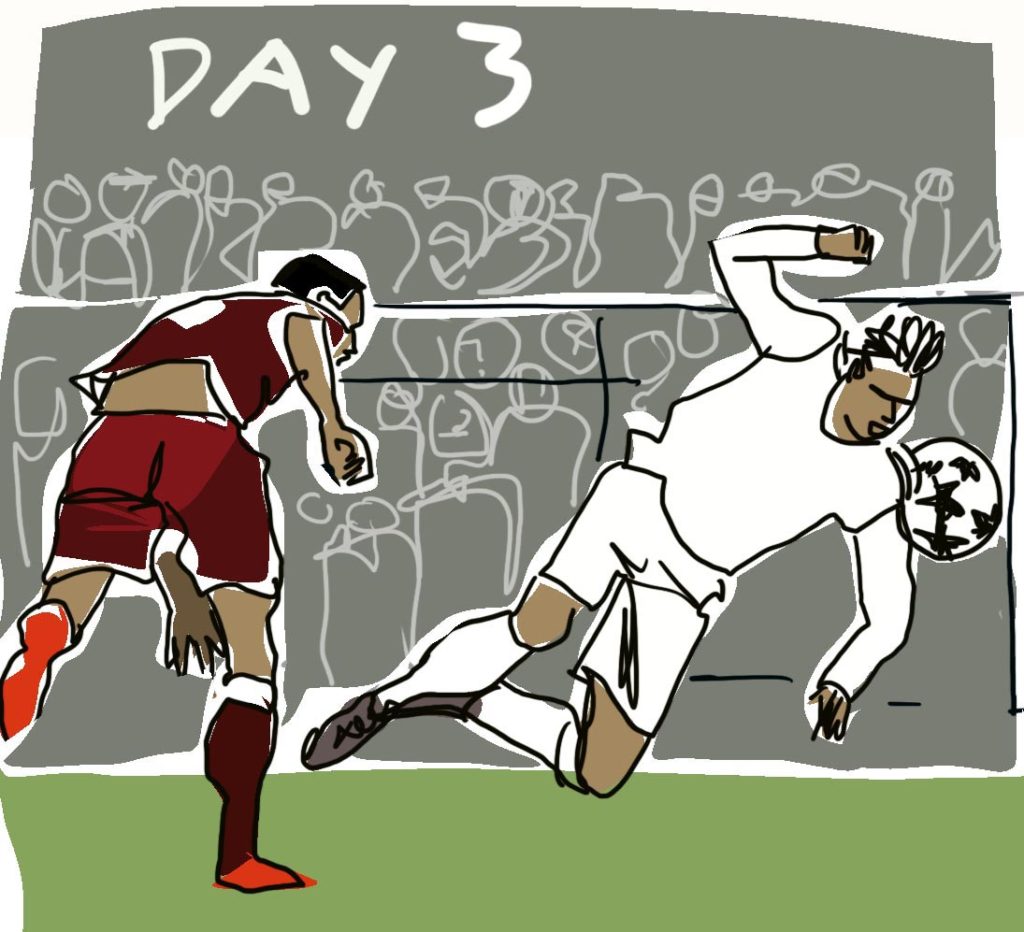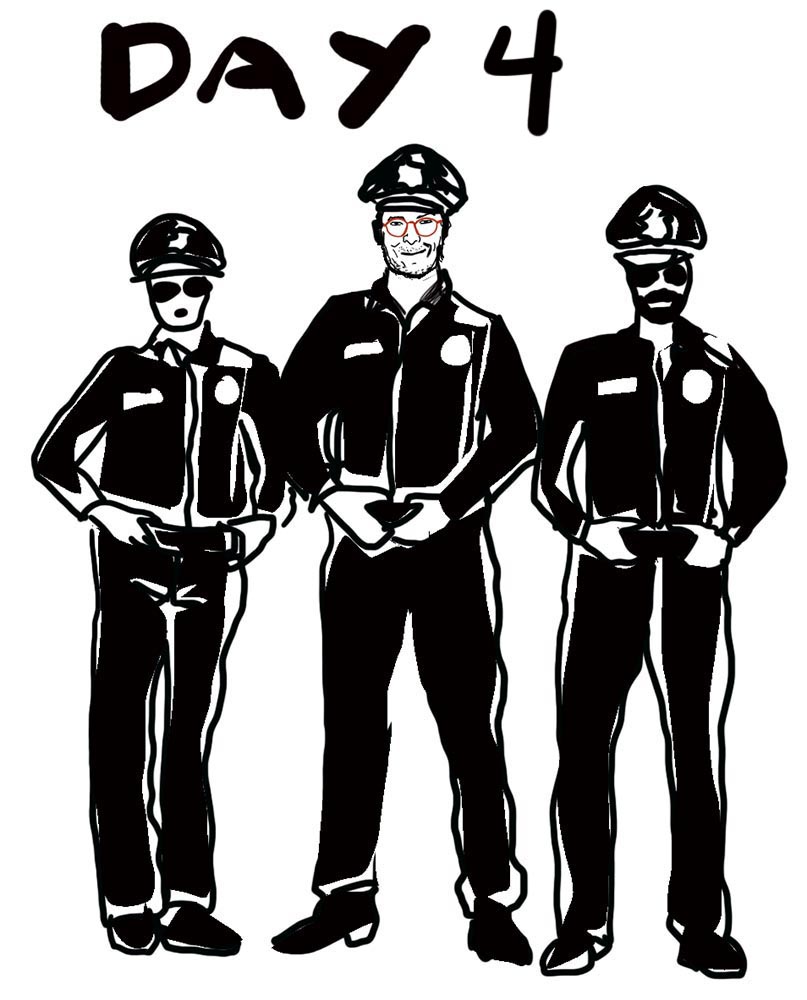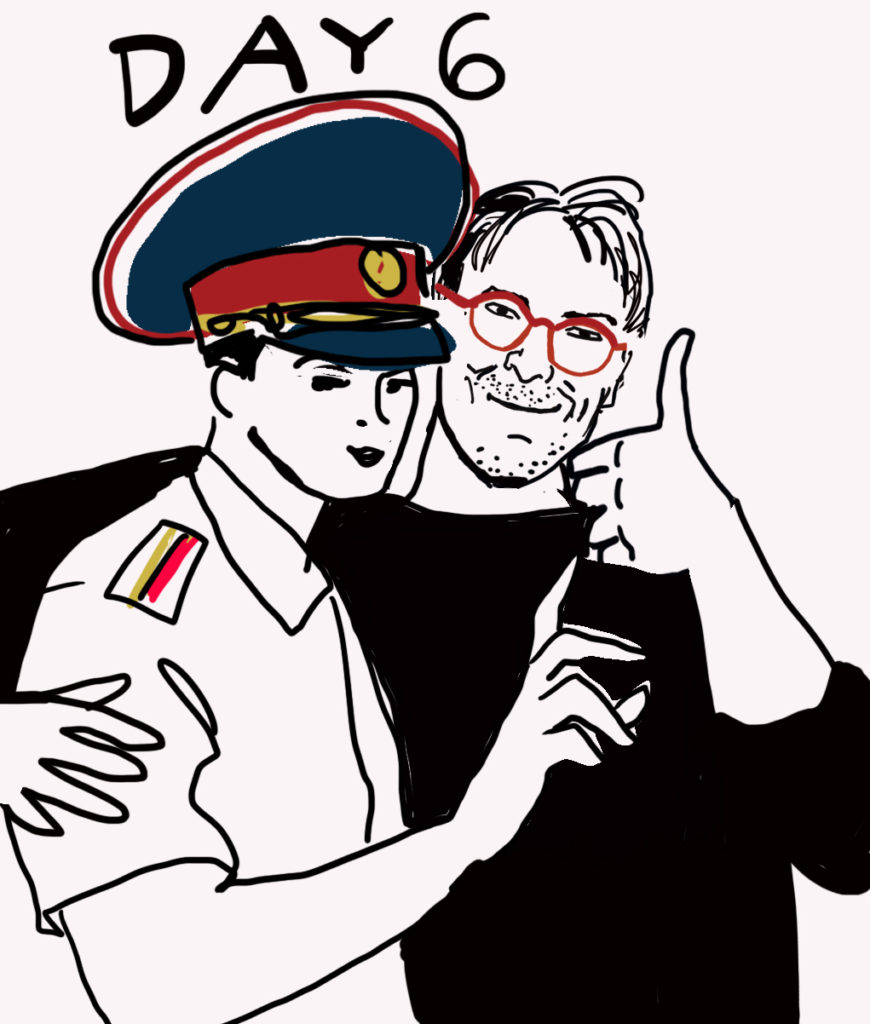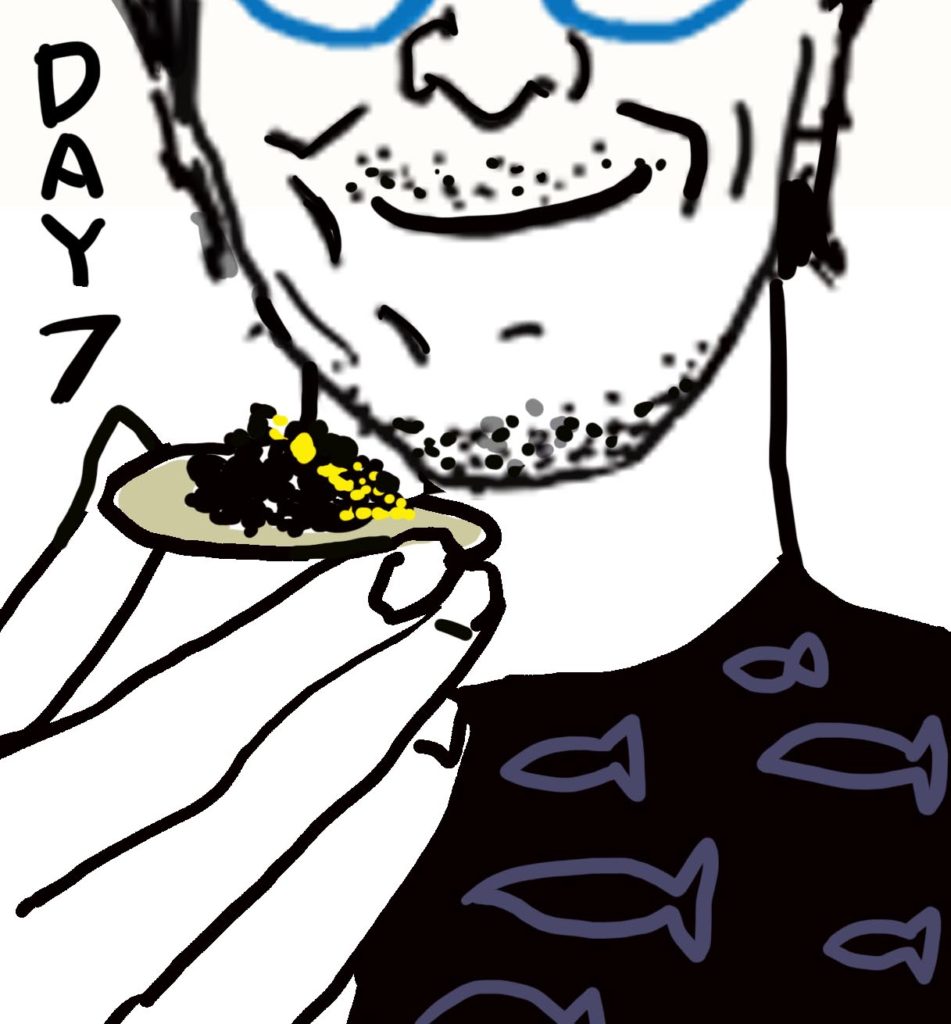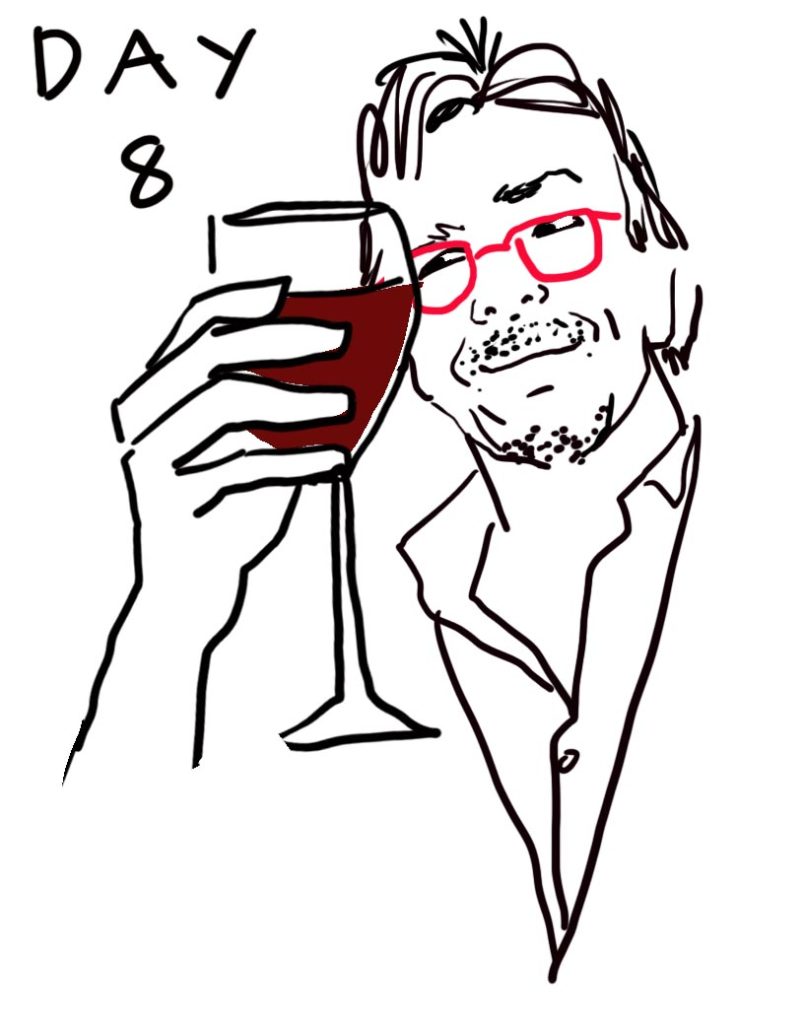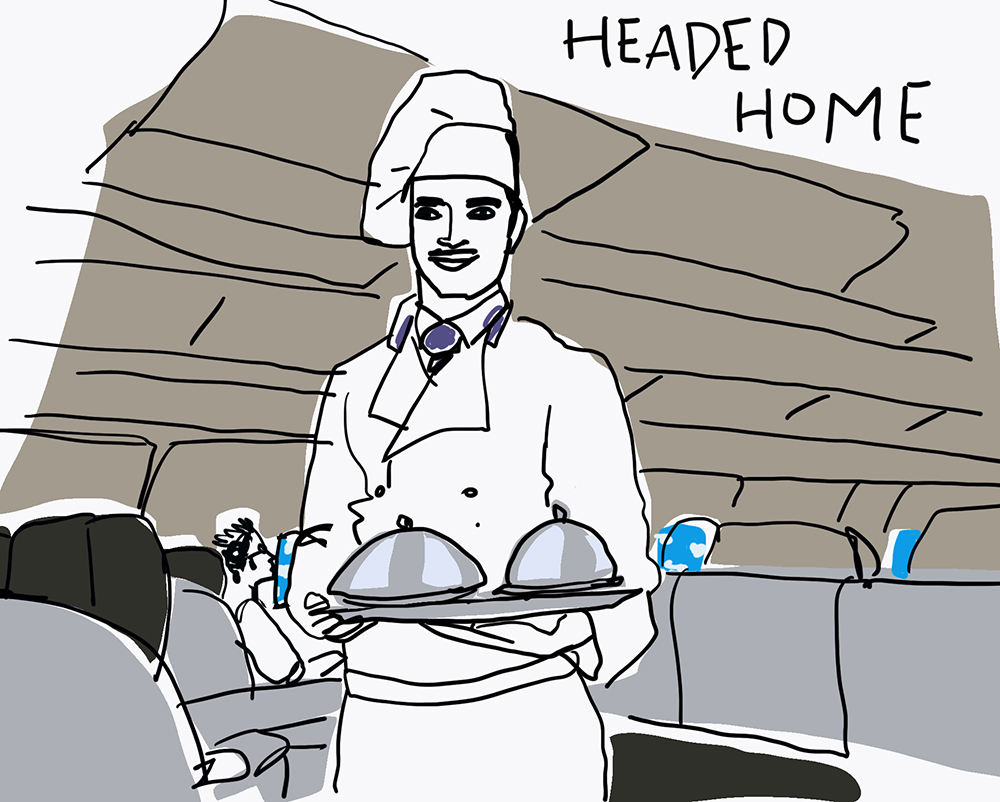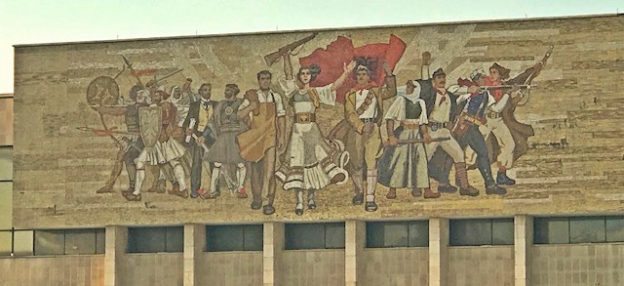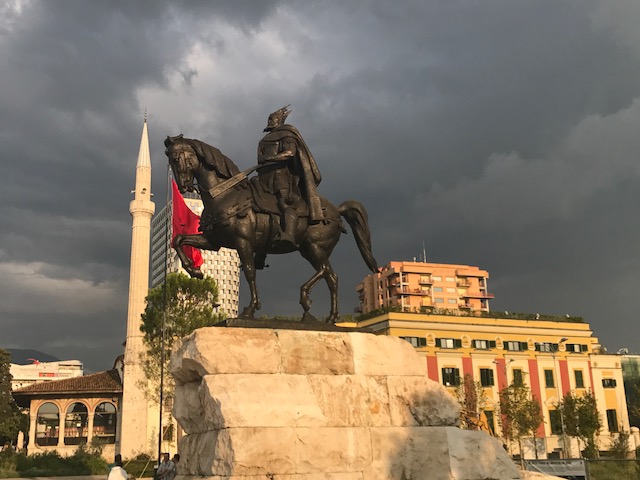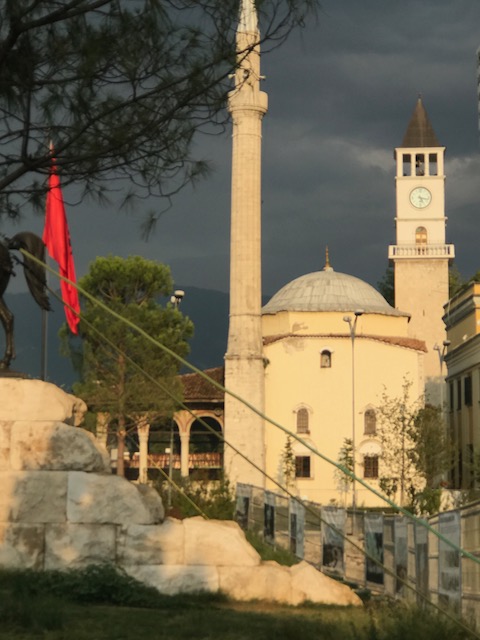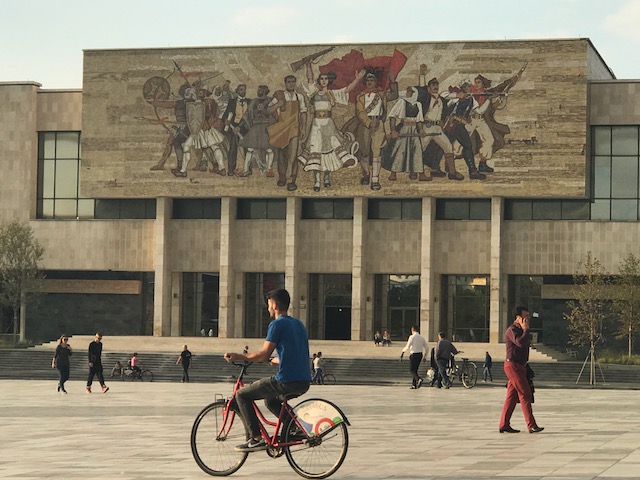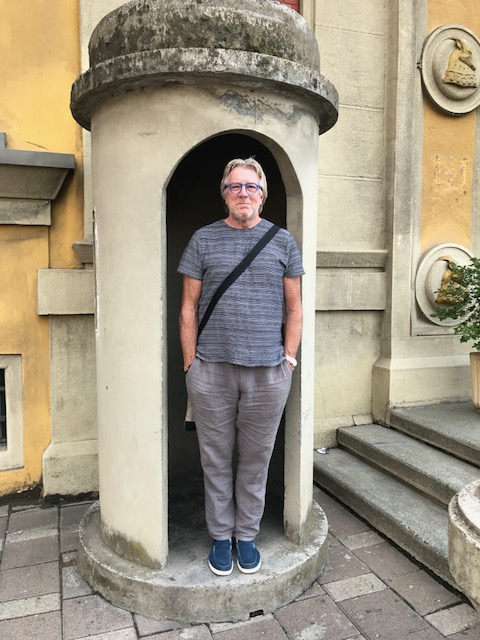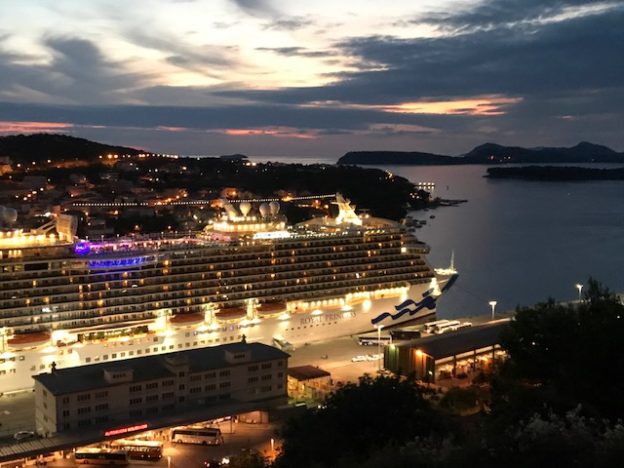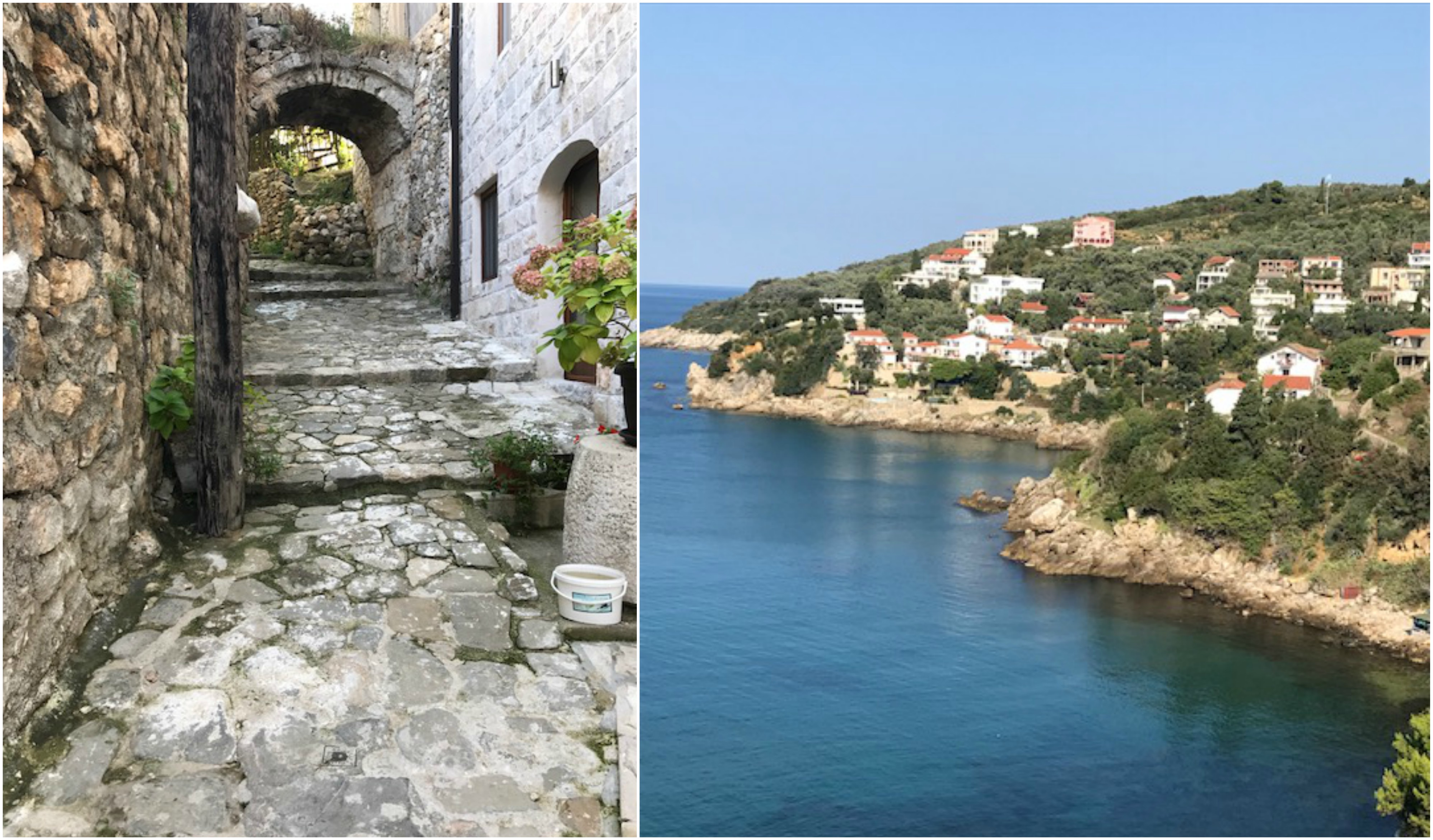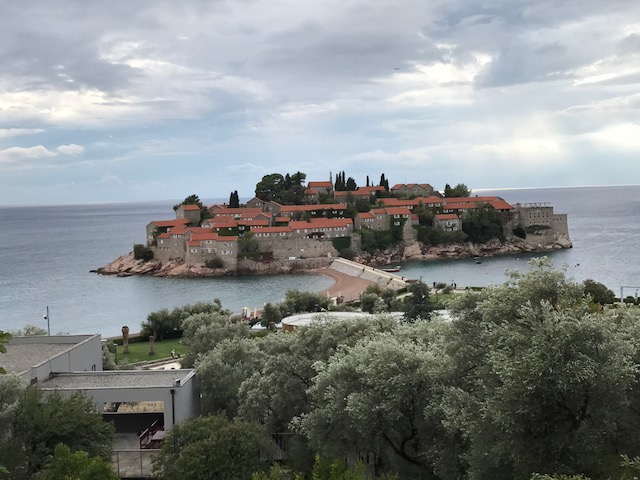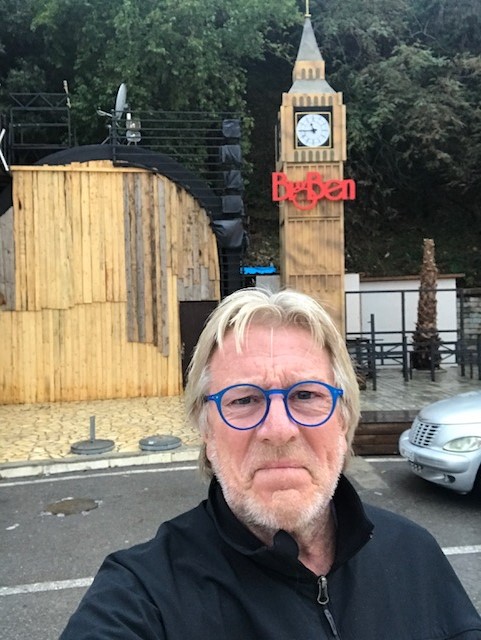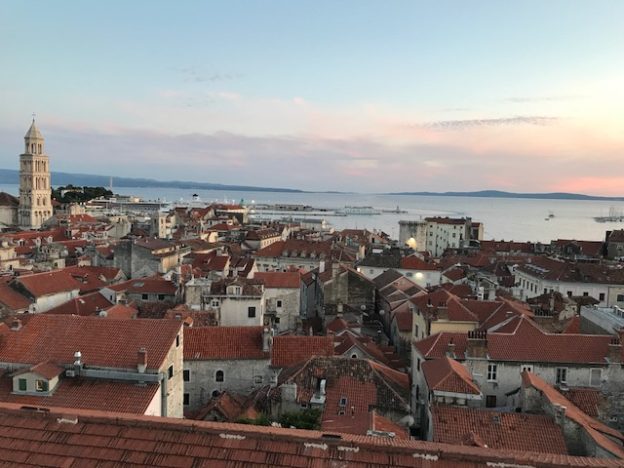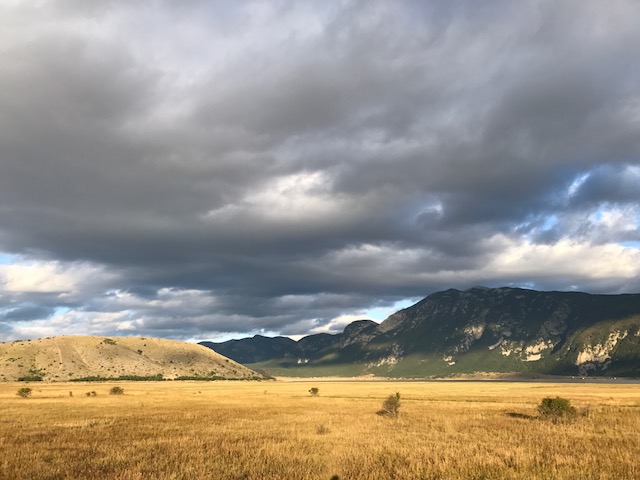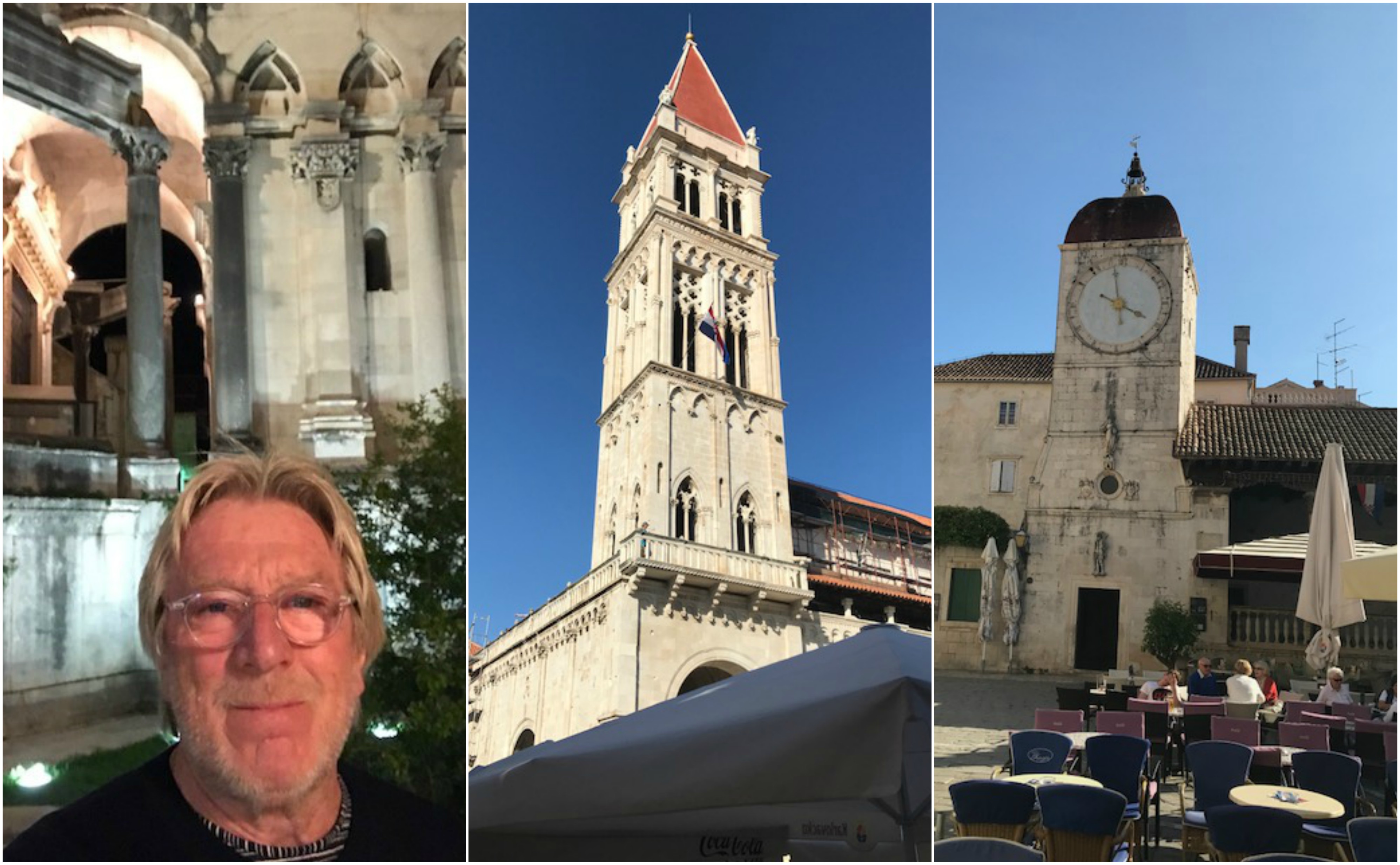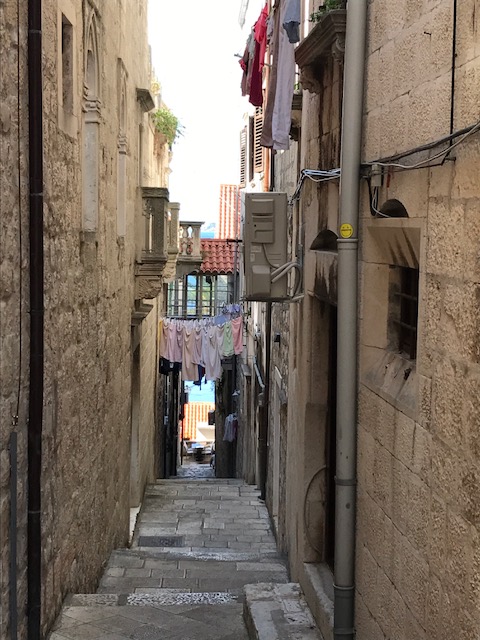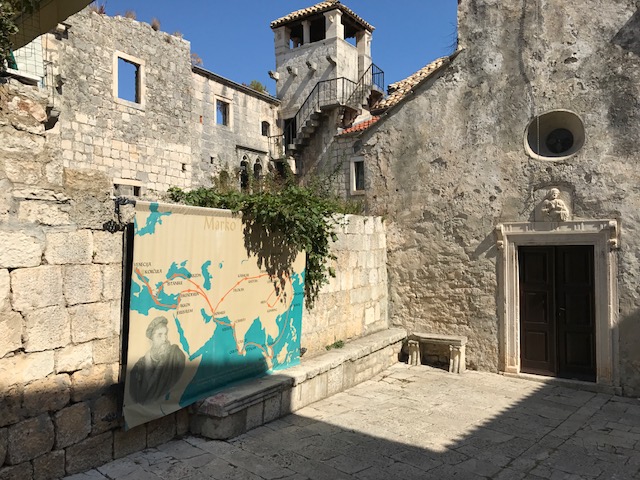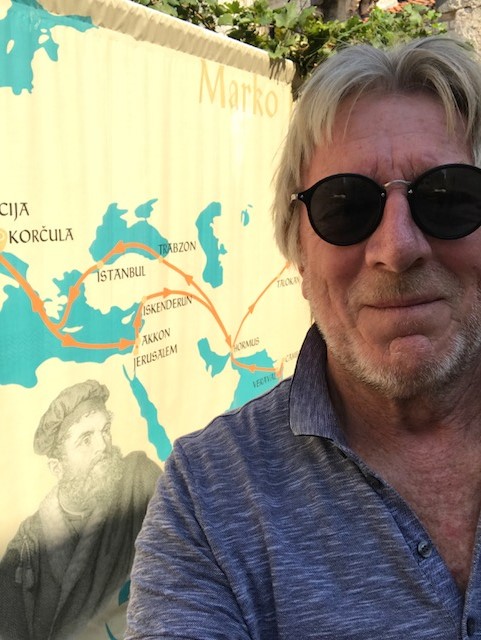Driving over the Steppes of Georgia
The drive from Tbilisi to Azerbaijan is quite stunning. The mountains are always hovering over you with the snow capped peaks soaring above the plains. To drive from Tbilisi to Baku, we decided to spend an overnight en route and visited a Soviet-era spa hotel. It was quite a treat – dreadful decor and awful food with zero charm but worth every minute of it. To get to the spa resort, we had to negotiate the steppes and switch vans to ride on a four-wheel drive truck that seemed to stay precariously close to the watch towers that are dotted along the Azerbaijan border.
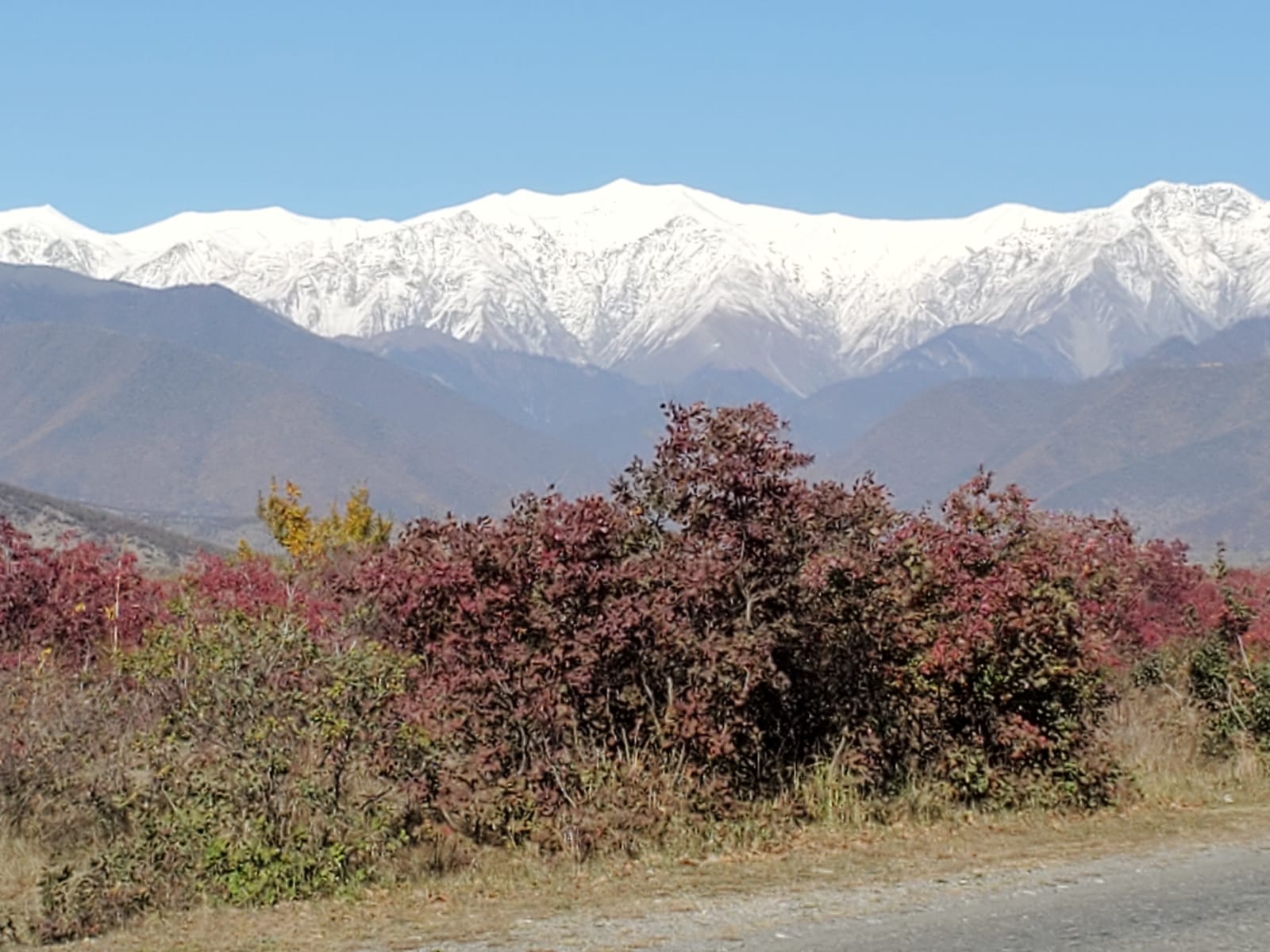
The wild landscape, with the wind whipping across hundreds of miles of barren earth, was stark and unforgiving. The guys in the watch towers had their guns pointed at us, which was not entirely reassuring, but our drivers knew the boundaries and told us not to worry. Yeah right! We just couldn’t take photos! We visited a remote cave monastery in Davit Gareja dating from the 6th century before we headed to the Vashlovani National Park near the Azerbaijan border. The spa scene here was pure Soviet. Rough and ready with bright lights and gangsters. Georgia sits on the precipice of the oil rich Azerbaijan, but the border crossing was yet to come. And there as so far no sign of wealth in the Georgian countryside.
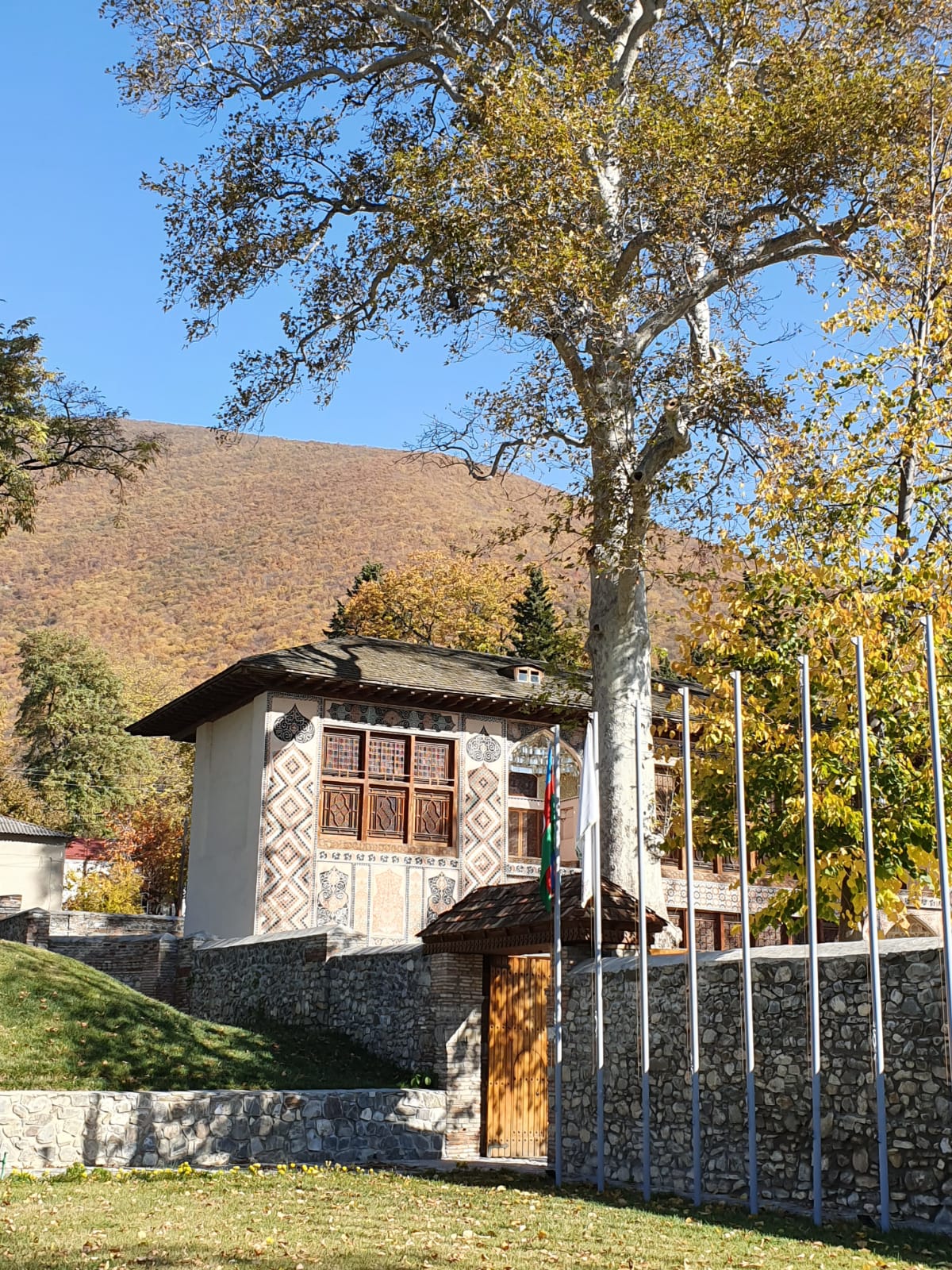
The Border Crossing and Baku
The town where the Georgia-Azerbaijan border sits is called Lagodekhi. It is basically a busy street with traffic and trucks rolling back and forth between the Caspian Sea port of Baku and the Black Sea town of Batuni. We had to get out of our Georgia vehicle and walk the 200 meters with our bags across the border to Azerbaijan. It’s a strange feeling. The crossing can take an hour and if you mention you have visited Armenia, it could take longer. We hadn’t, but if we had, there would have been a much larger hassle as they tend to go through everything. No love lost between the Azerbajanis and the Armenians! We still had to have an interview, showed our visas (necessary for Azerbaijan but not for Georgia), and then were walked across to a new vehicle on the other side. Then the slow descent to the modern and ancient city of Baku begun.
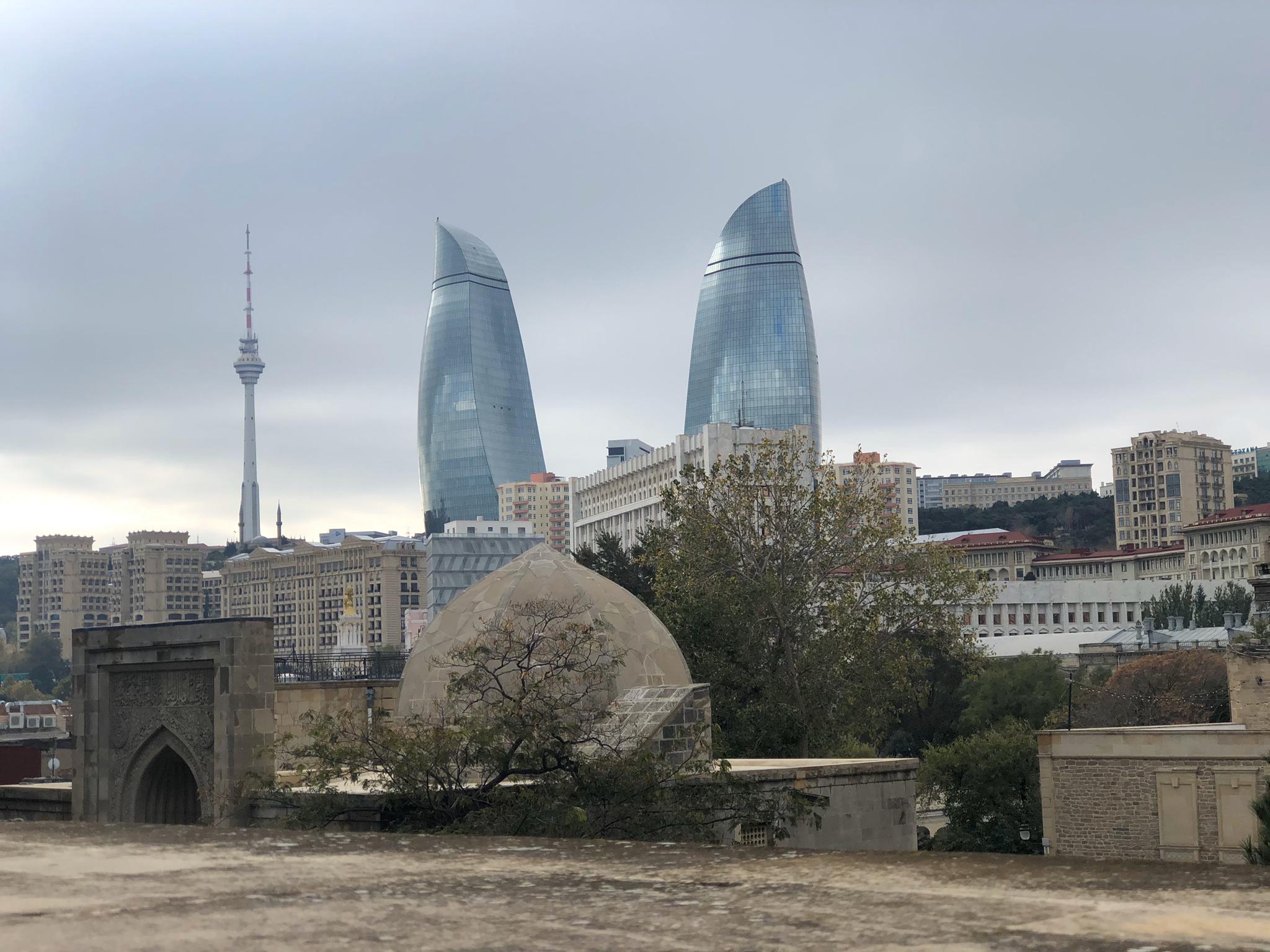
The drive was beautiful and the sweeping vistas down to the Caspian Sea were dramatic. This is the land of oil riches and caviar, if Georgia missed out on the oil, it also didn’t do too well on the caviar side of things. As we arrived in Baku, we were greeted by a skyline of skyscrapers and the iconic Flame Towers. We stayed in one of the pointed skyscrapers covered with LED screens that mimic huge flames throughout the night. It’s quite a sight.
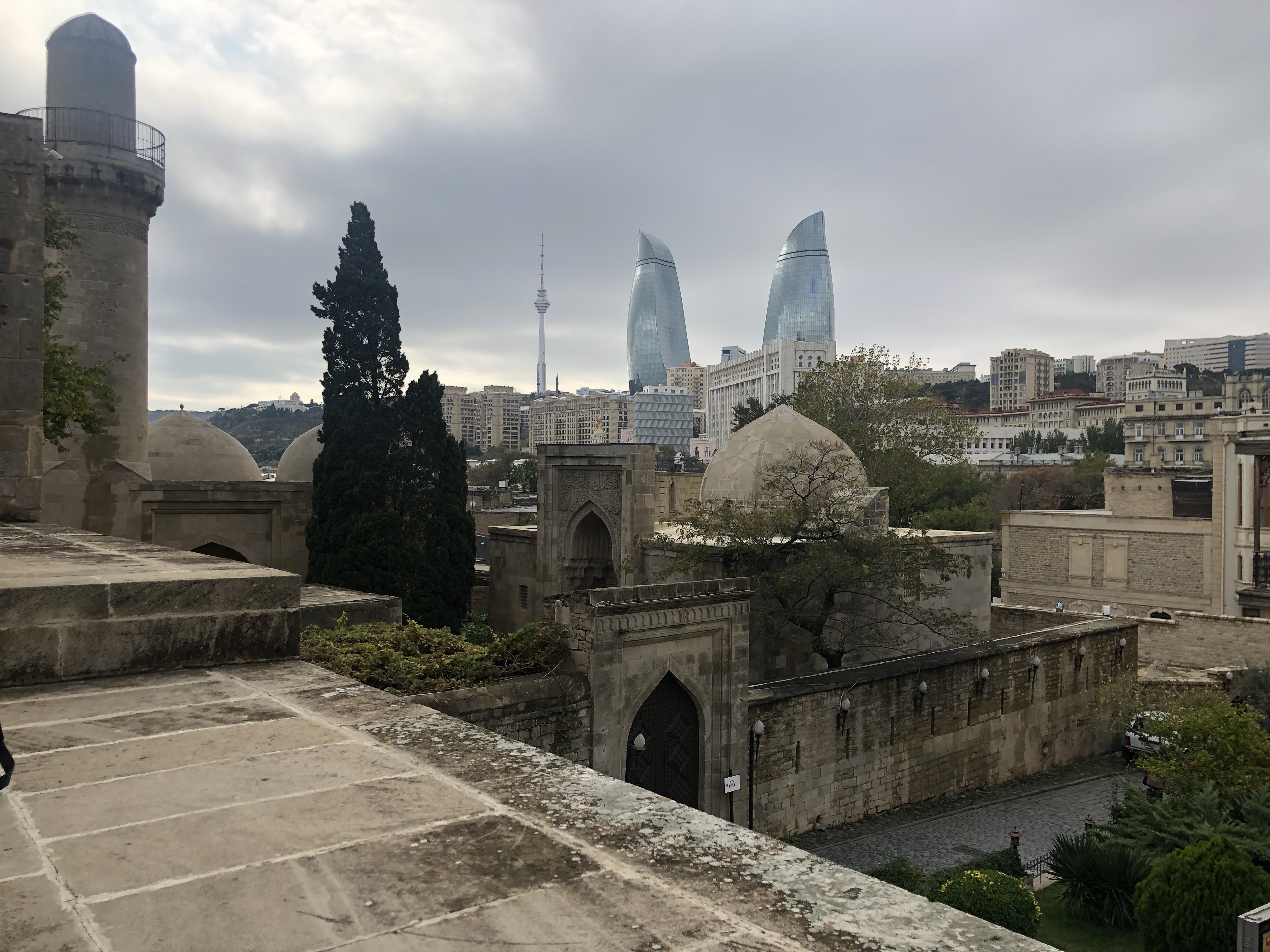
Baku is famed for its medieval walled old city, which contains the Palace of the Shirvanshahs, a vast royal complex, and the iconic stone Maiden Tower. We drove past the stadium, a huge complex, as we headed out of the city, driving next to hundreds of oil rigs bobbing up and down like horses at the trough. It became obvious that this was a city of wealth. We saw the Mud Volcanoes and the Fire Temple outside of the city before getting back to Baku in time for a delicious dinner accompanied by….caviar.
Is Baku worth it? Yes, it is. It’s easy to get here too as you can easily connect back to the USA. We flew back on Turkish Airlines, stopping in Istanbul first, and then all the way to Boston. An amazing place to visit.

